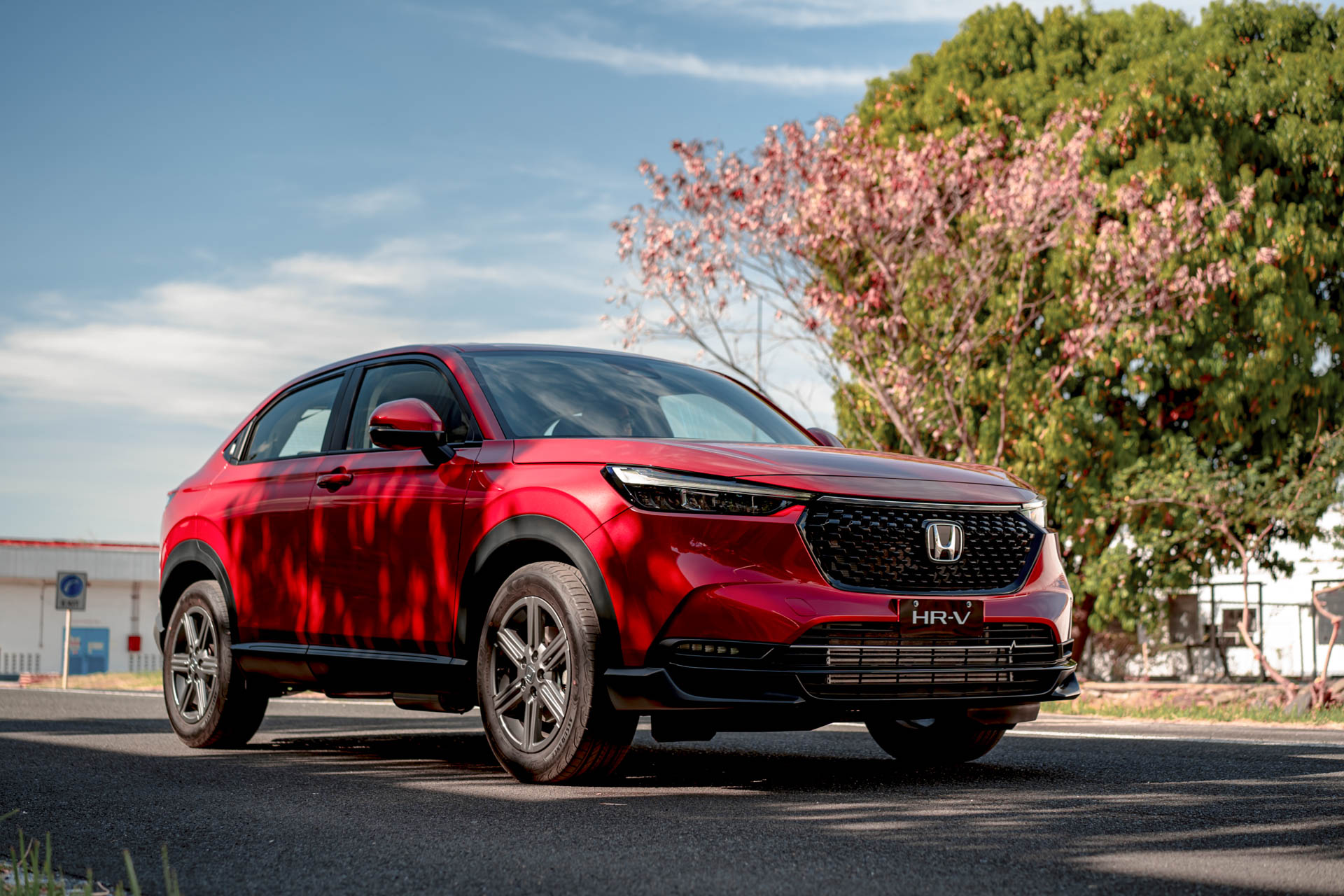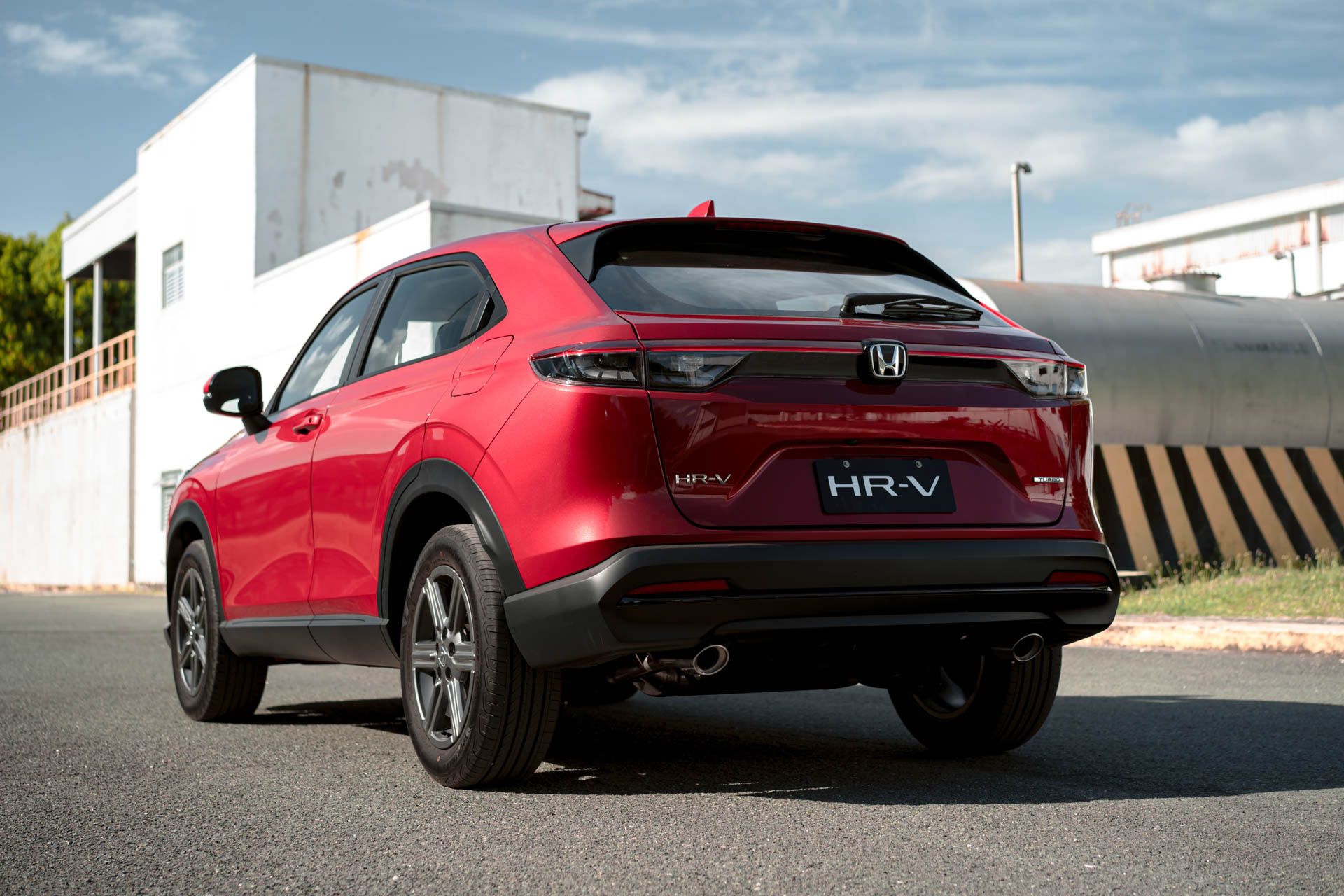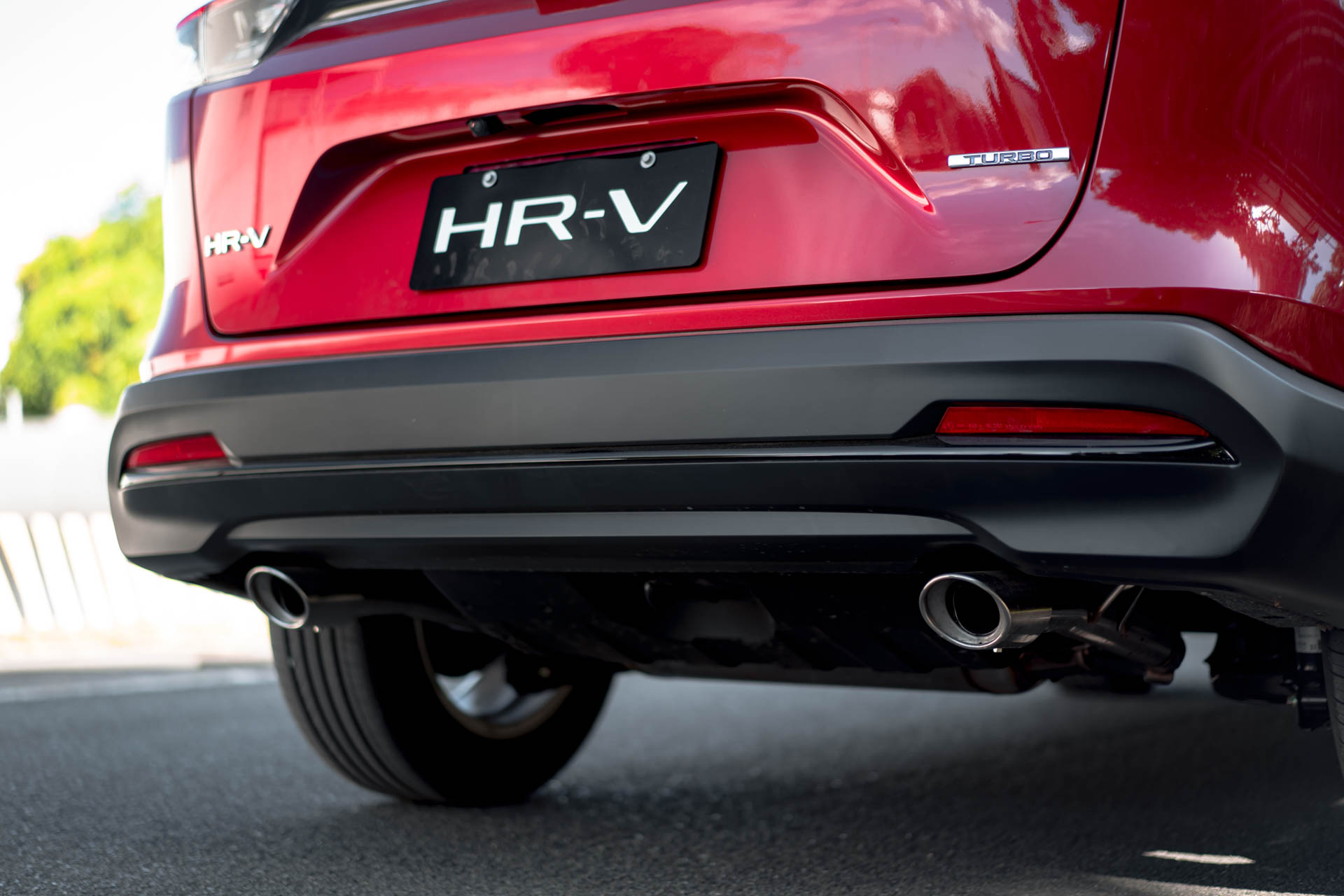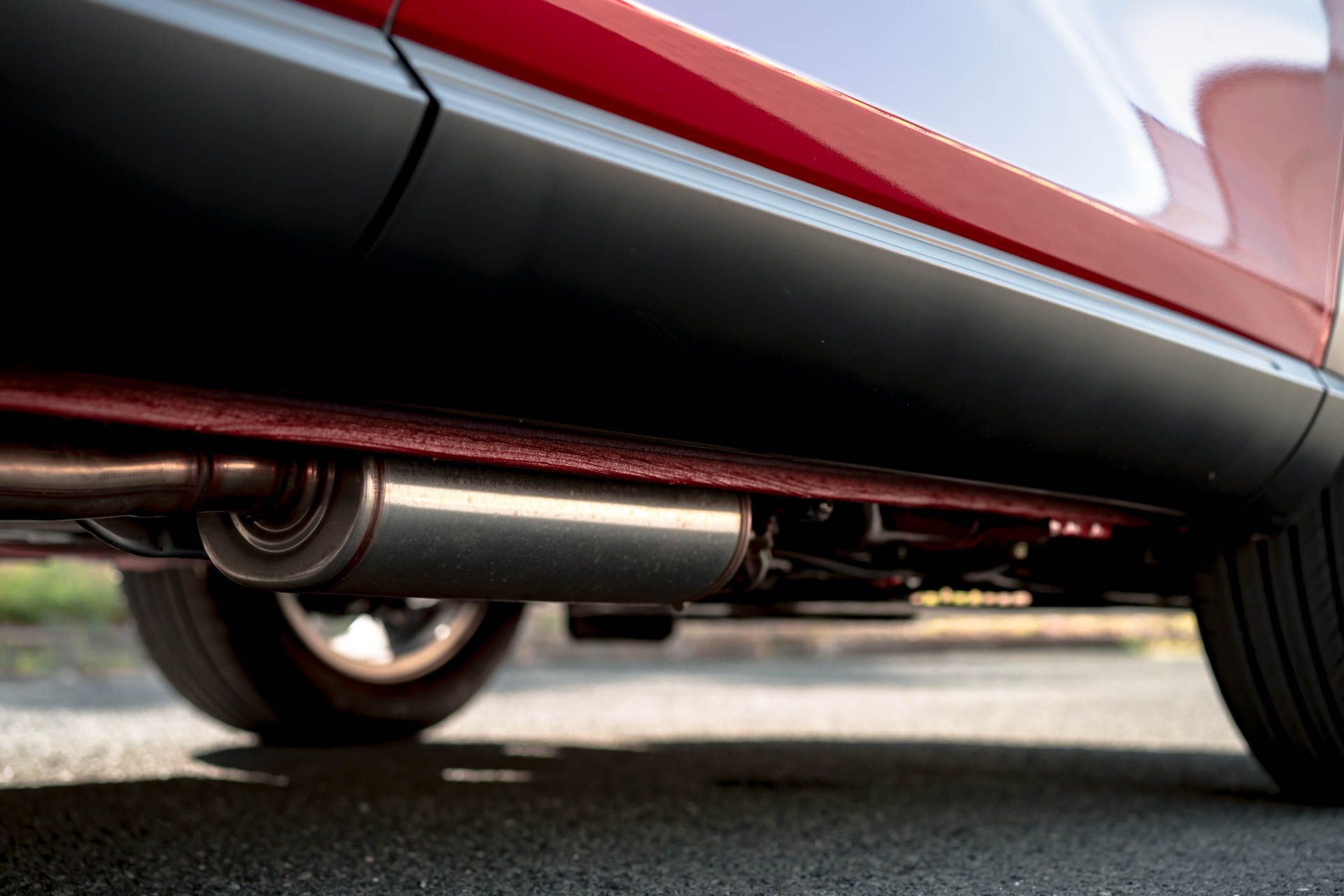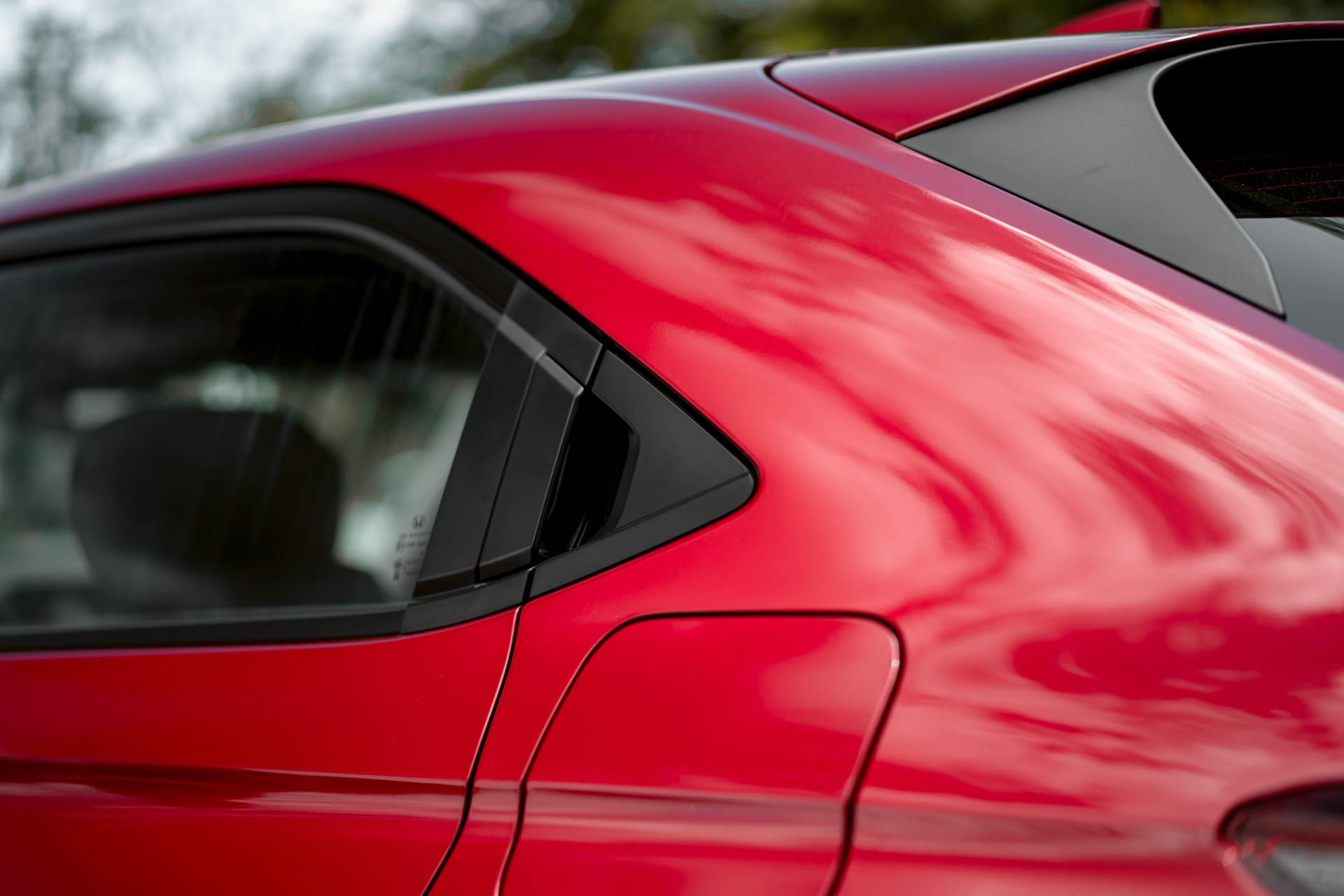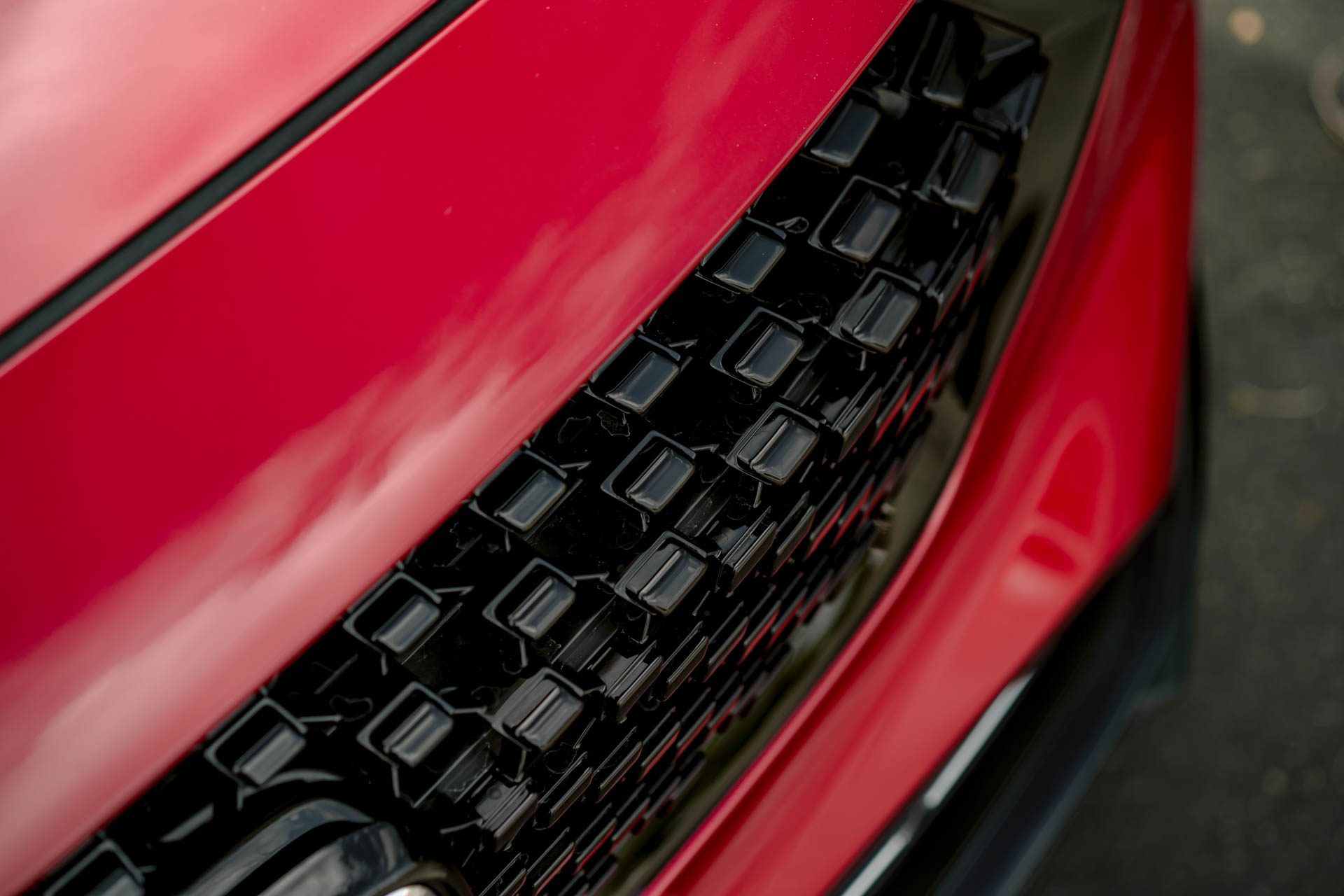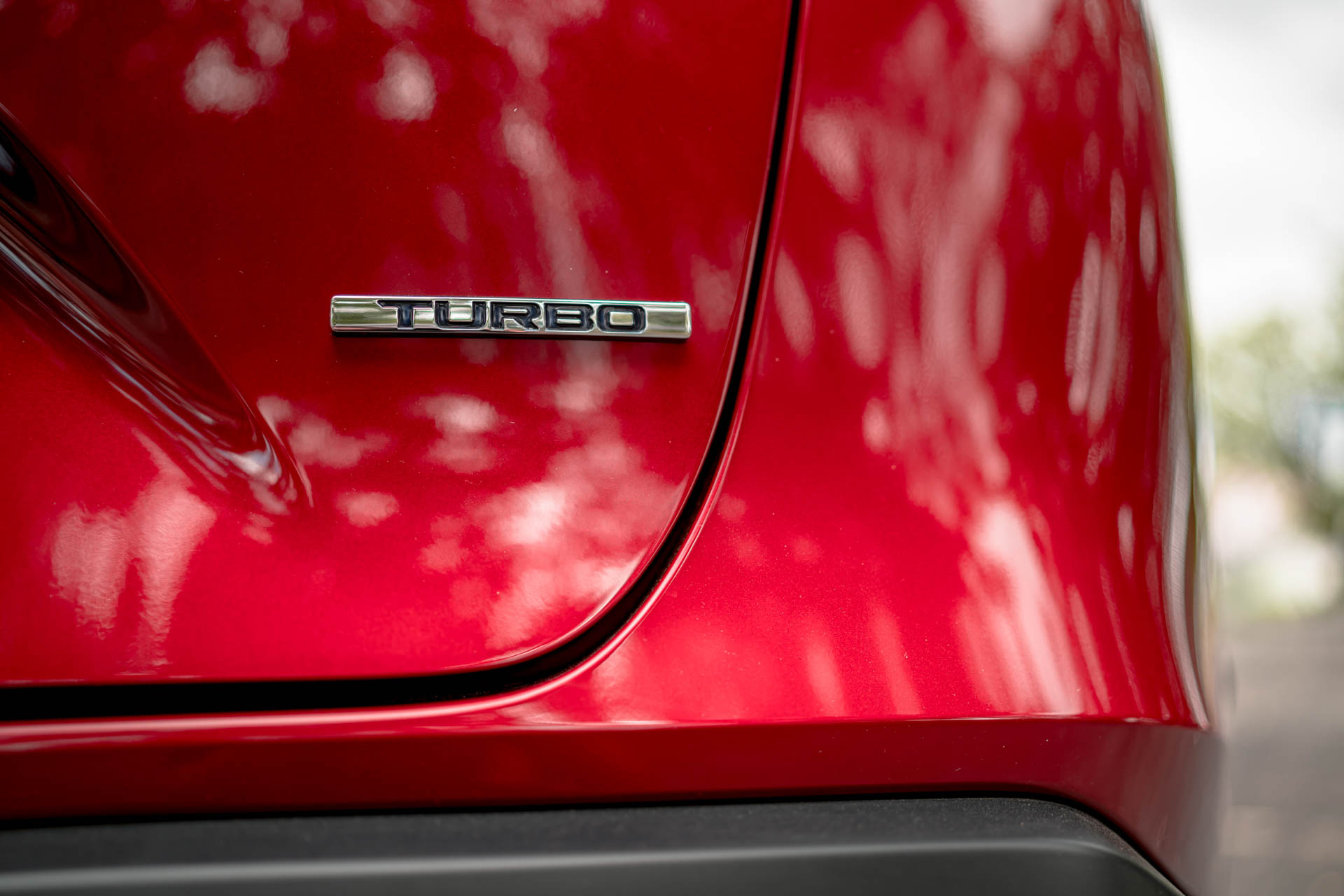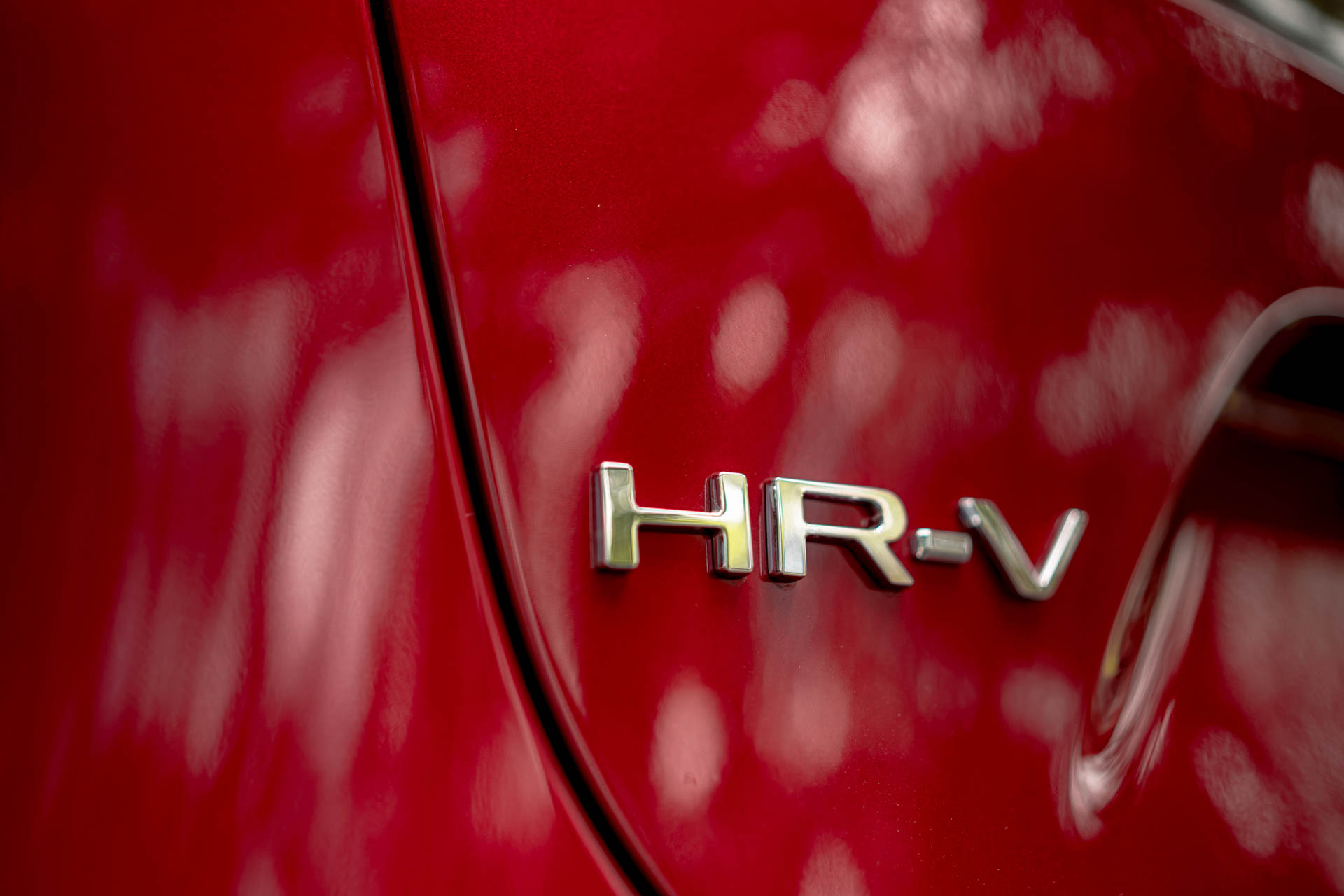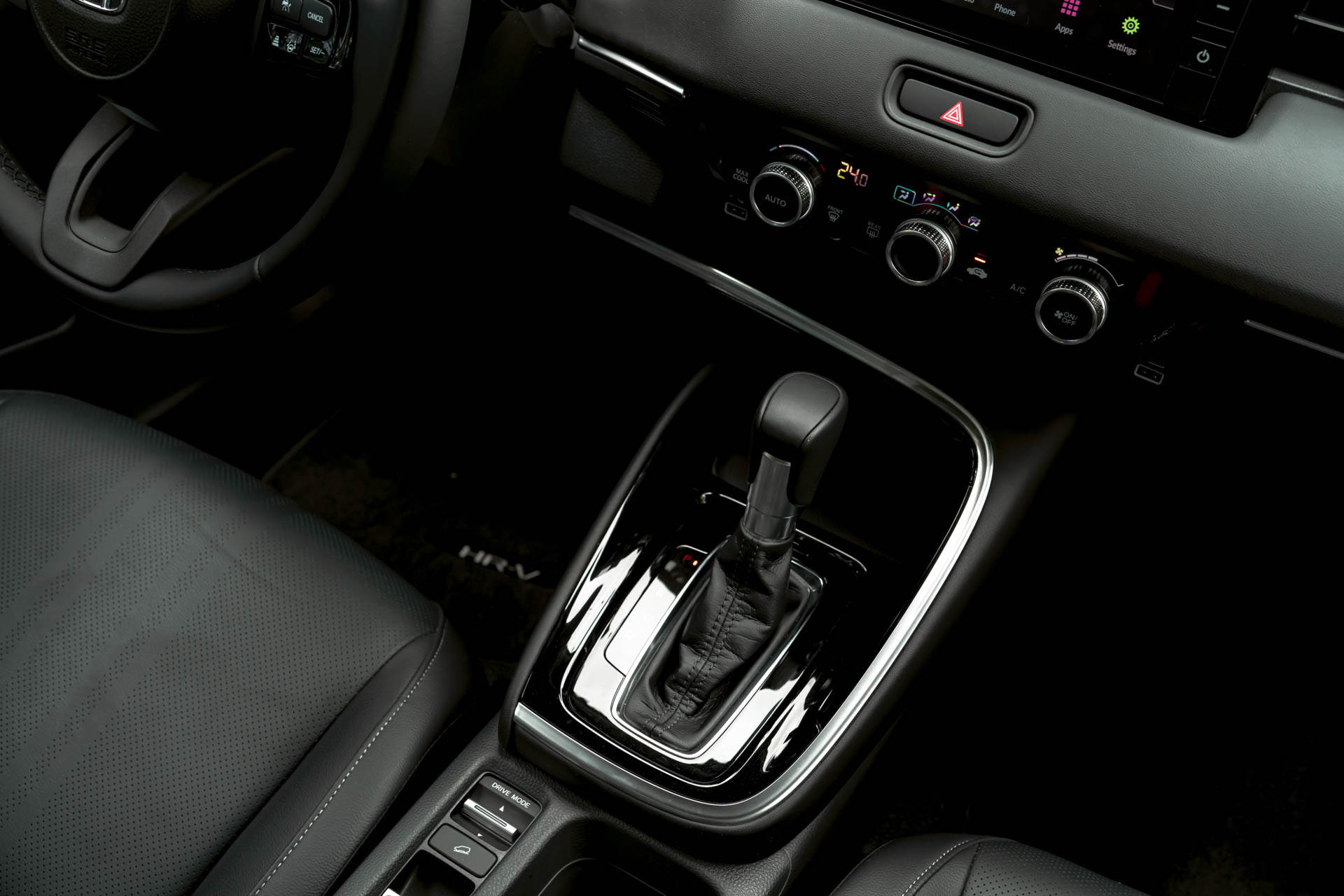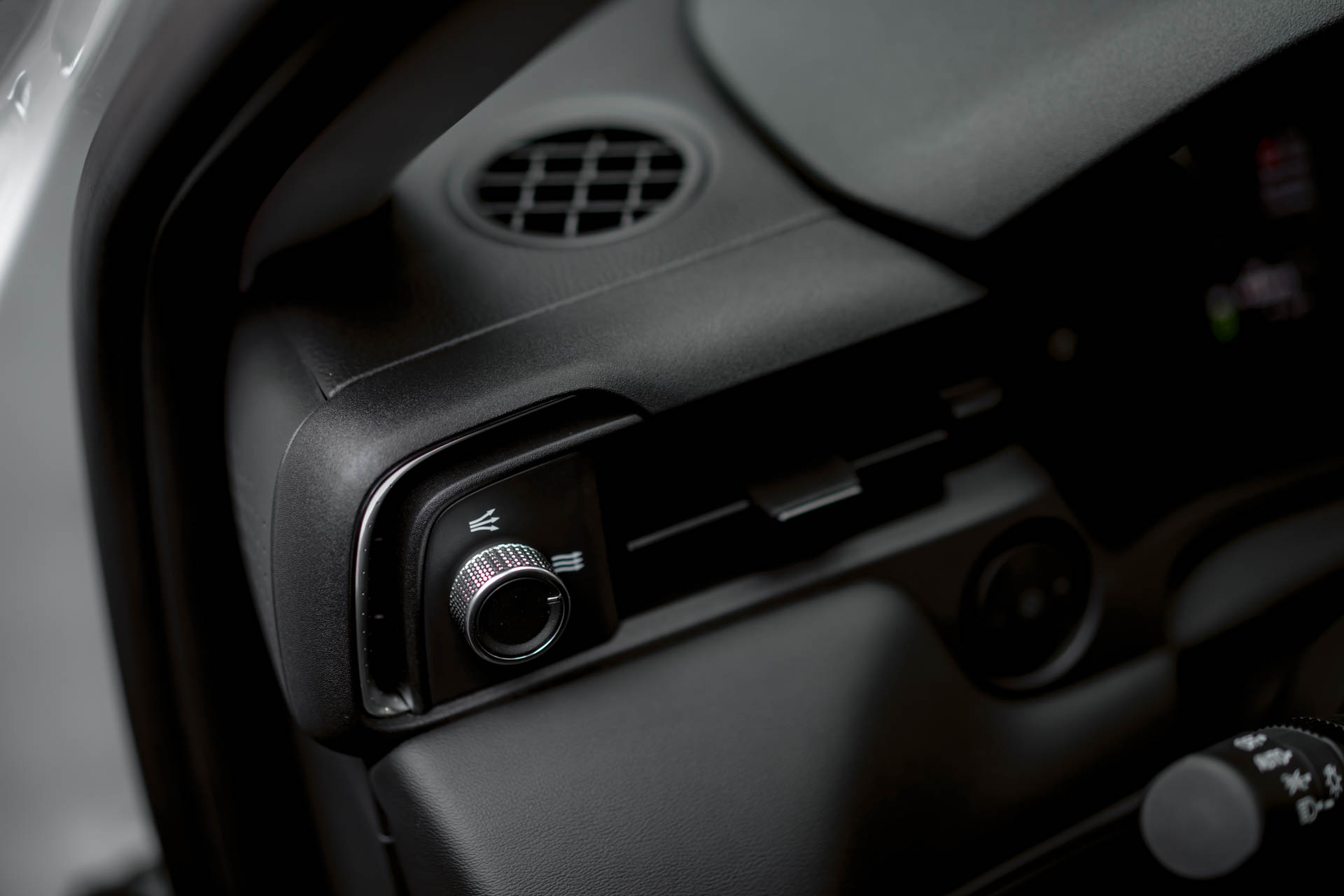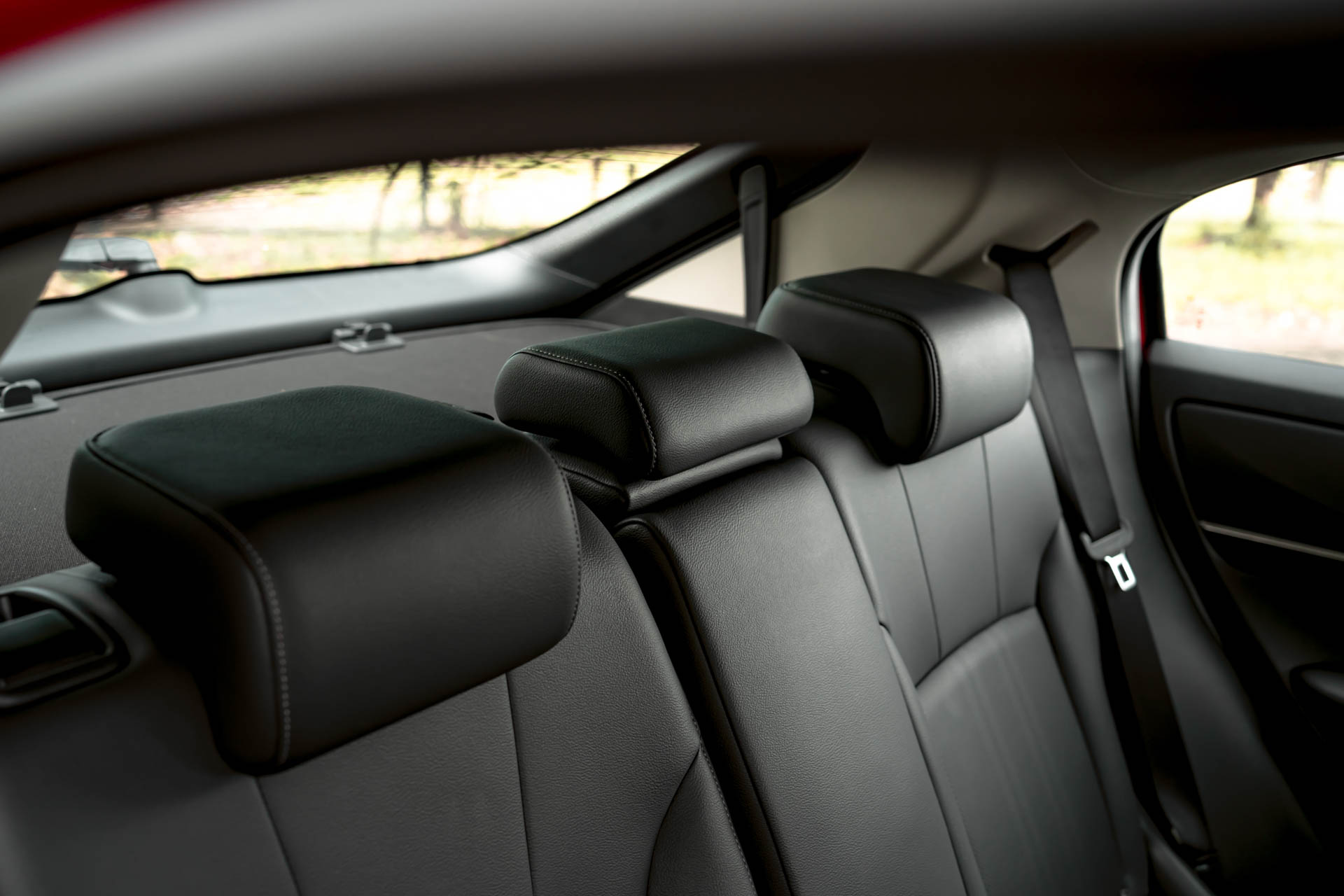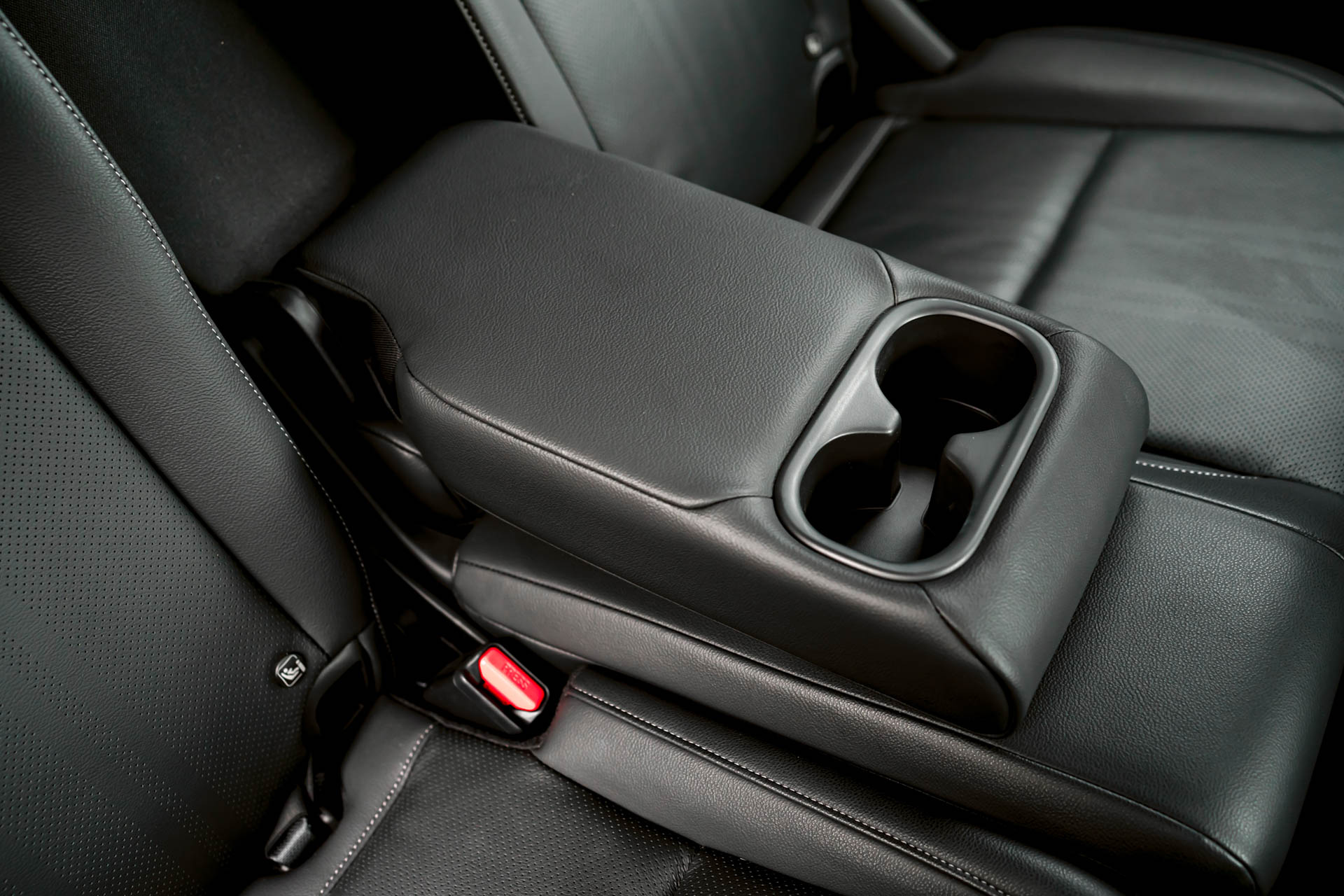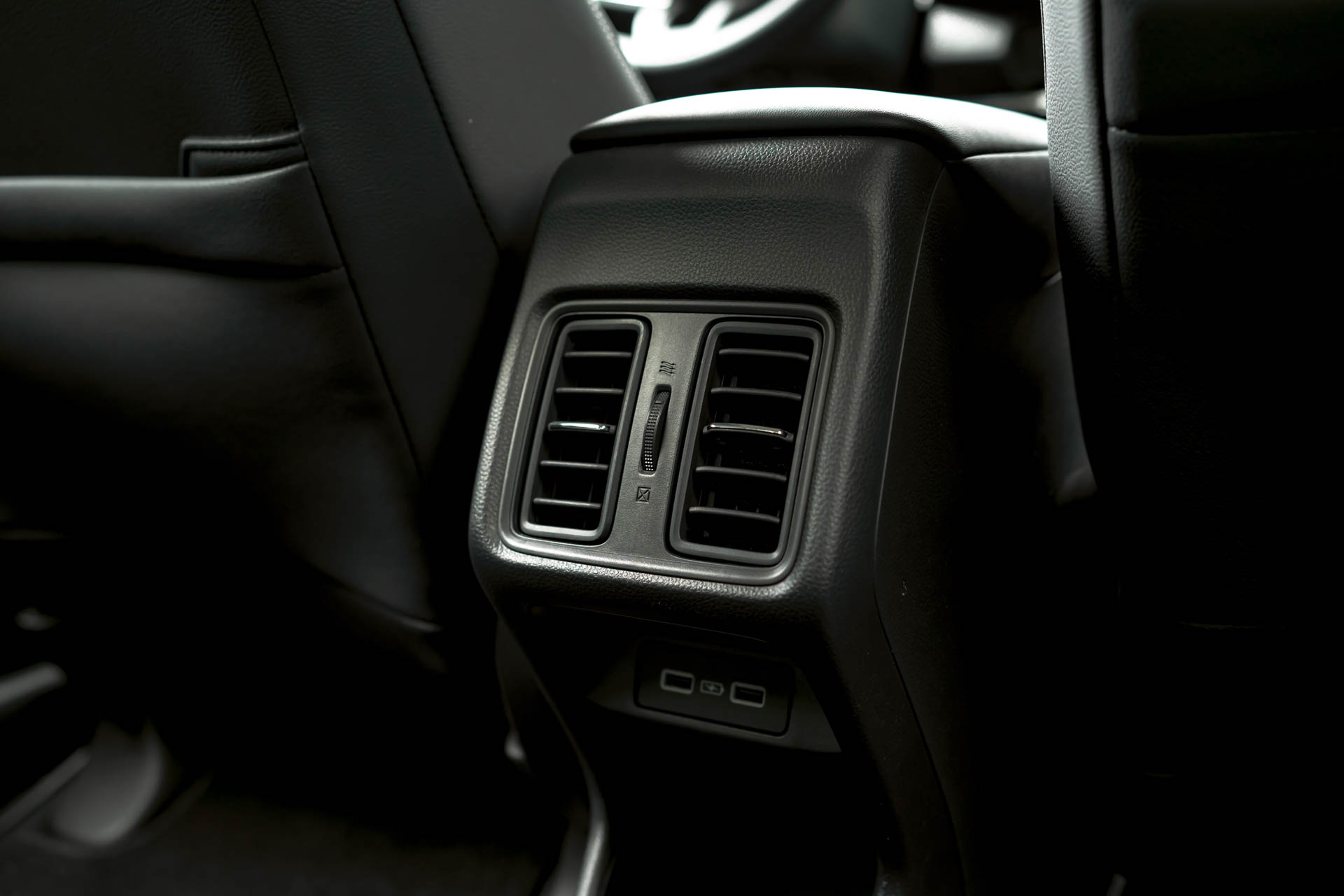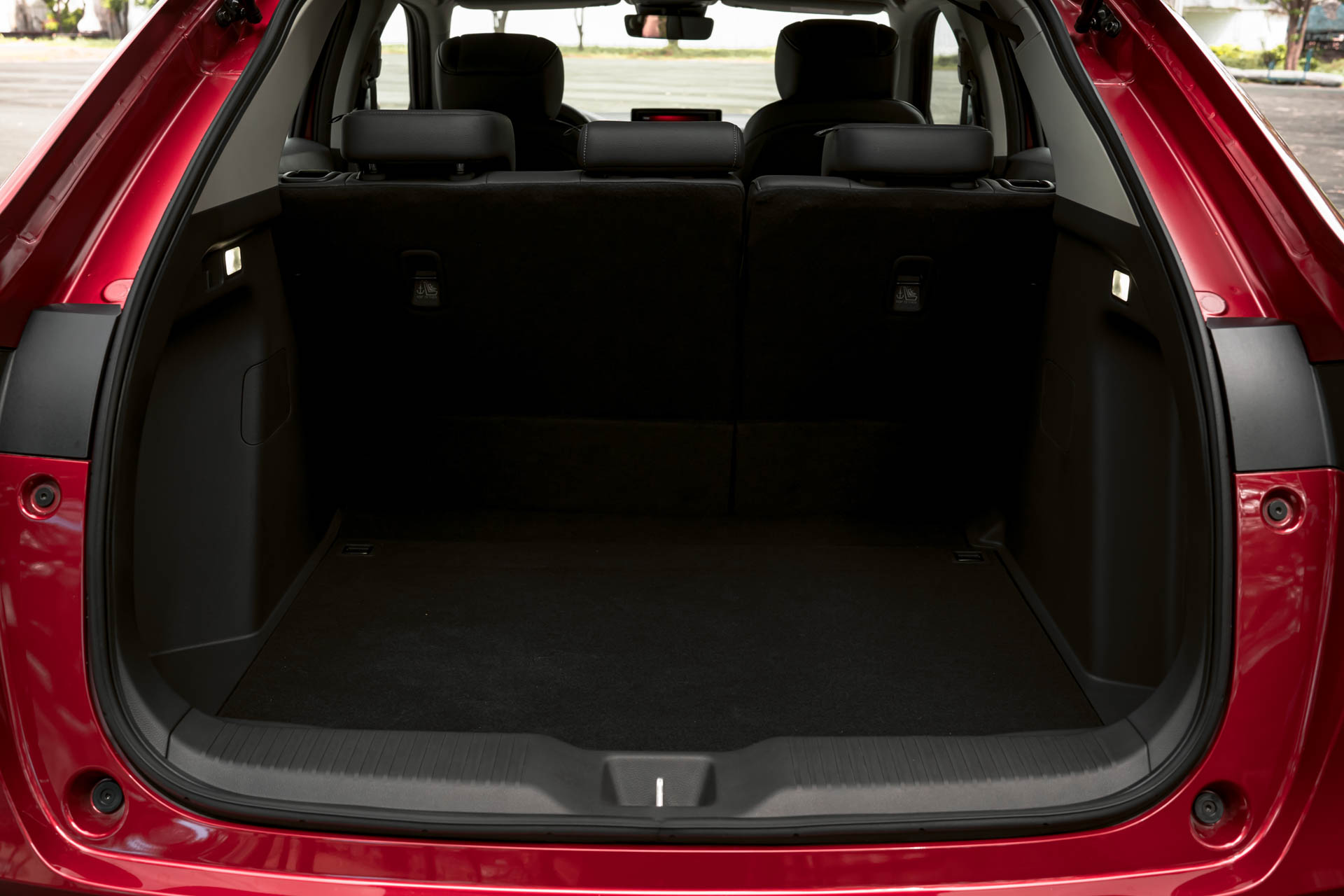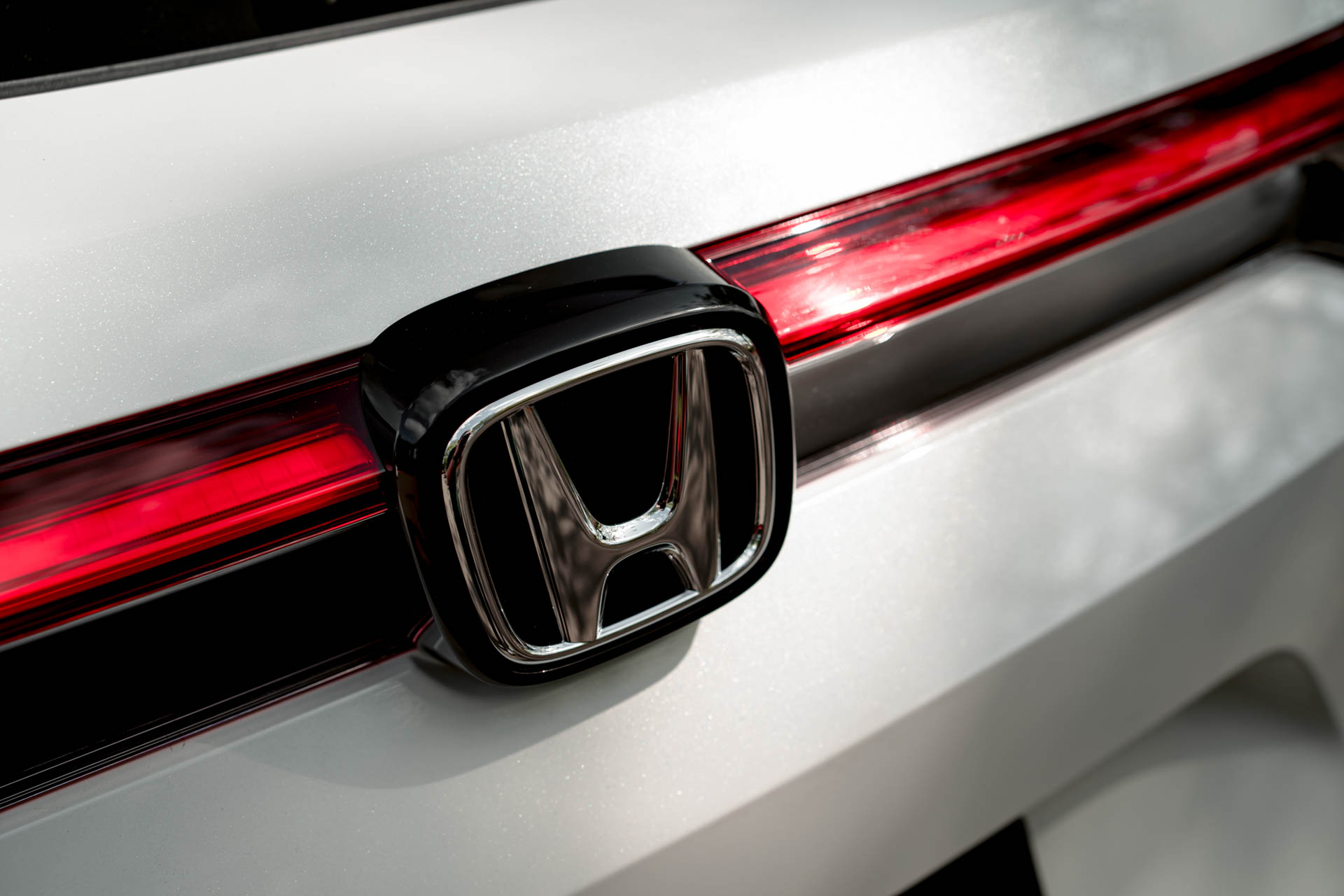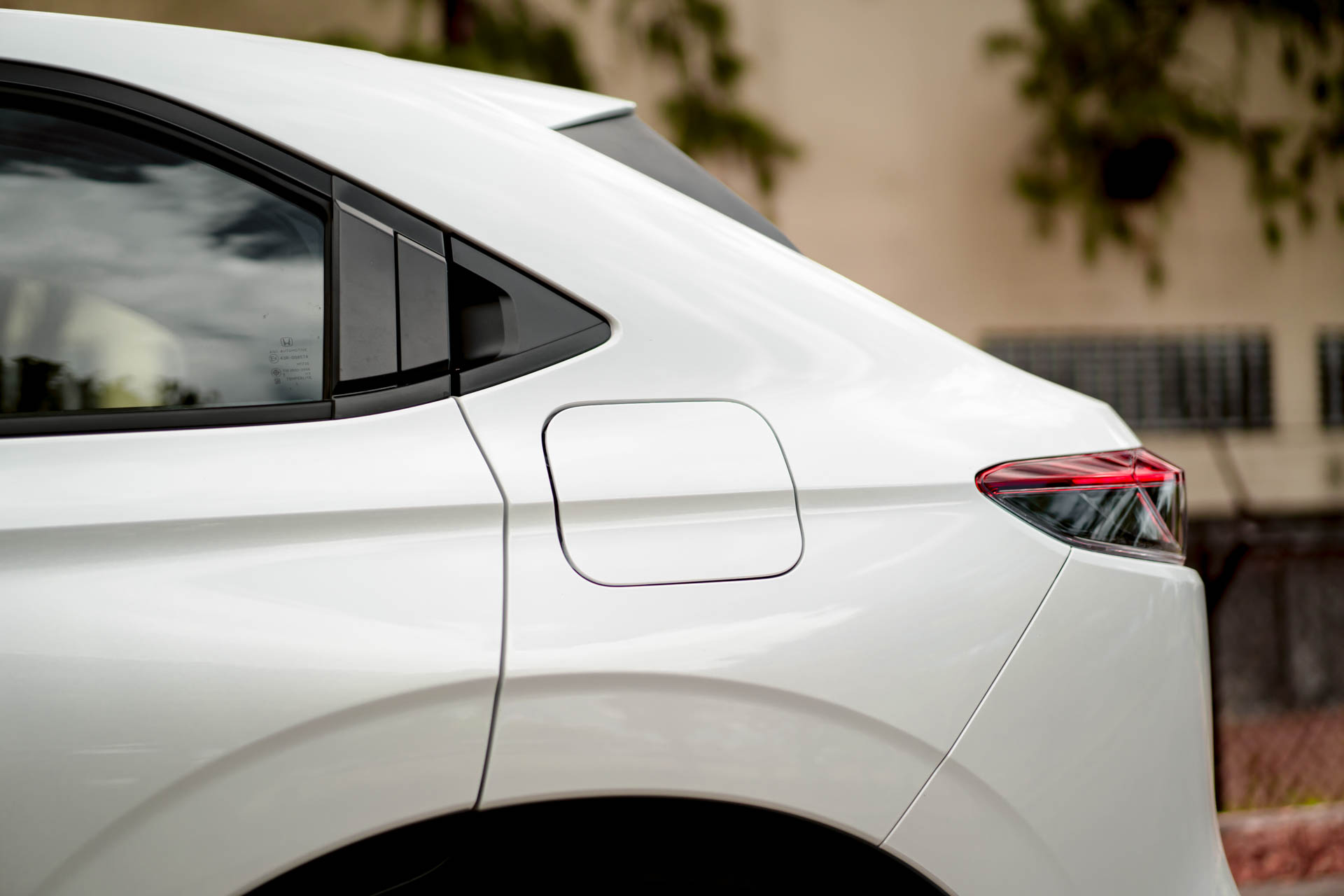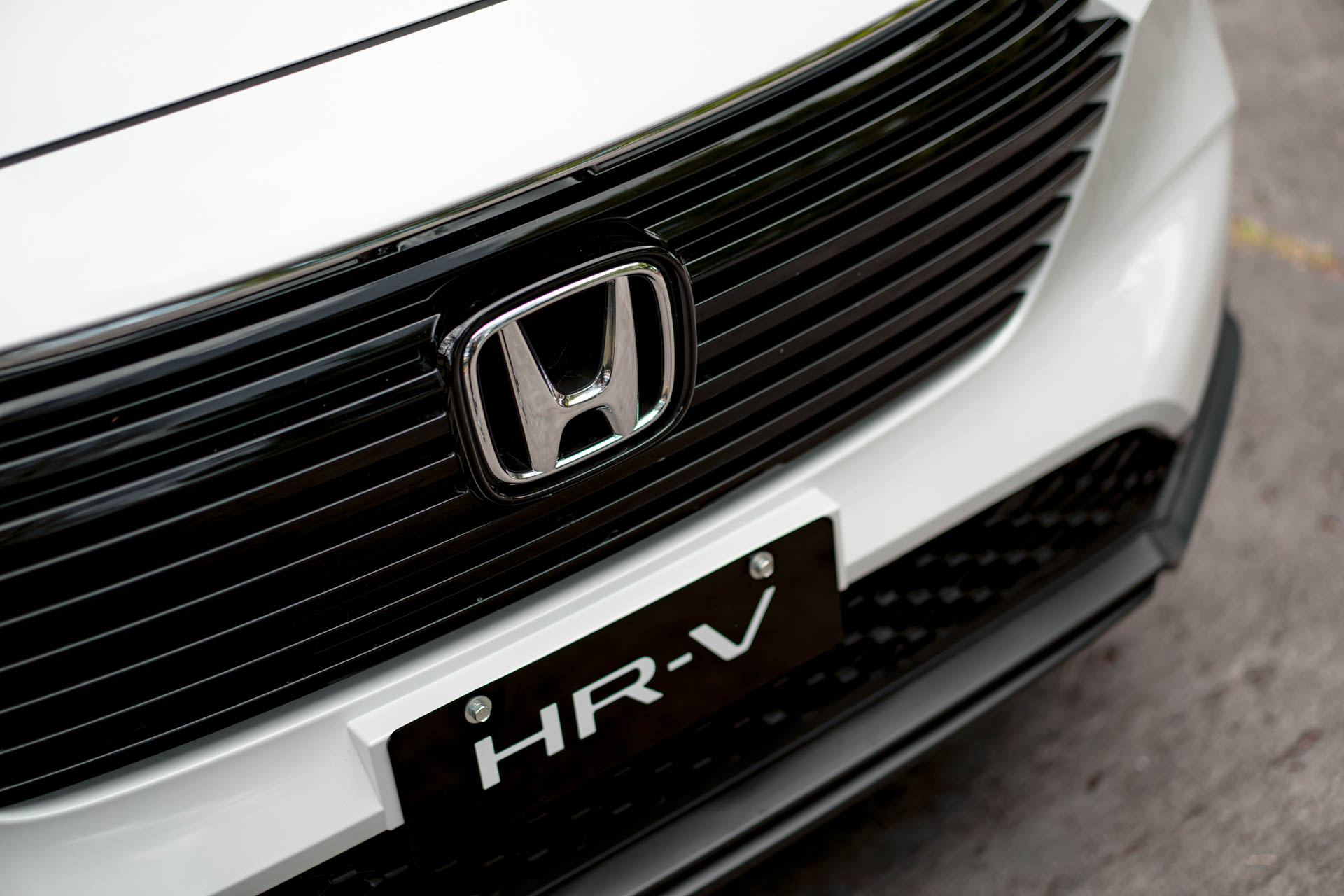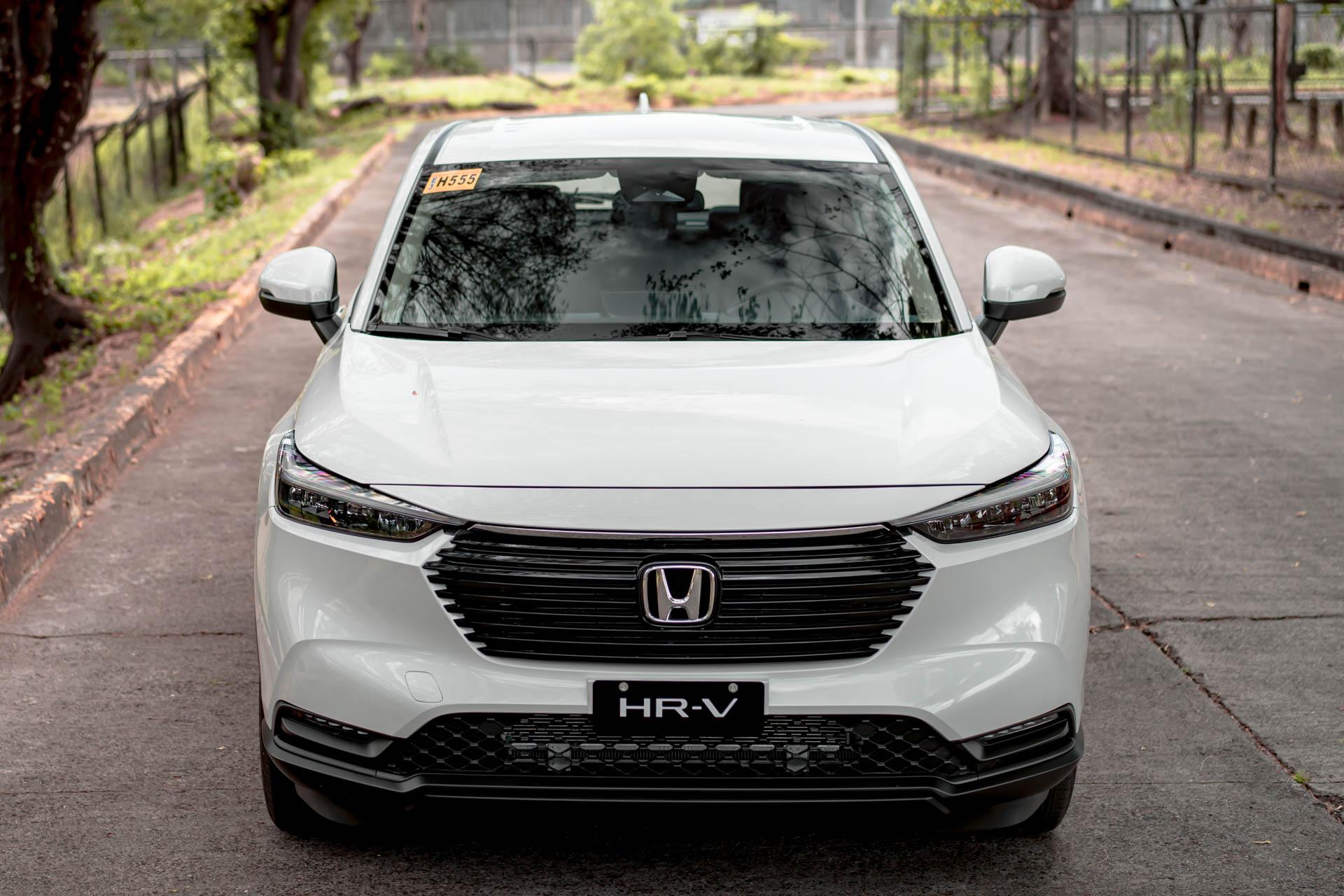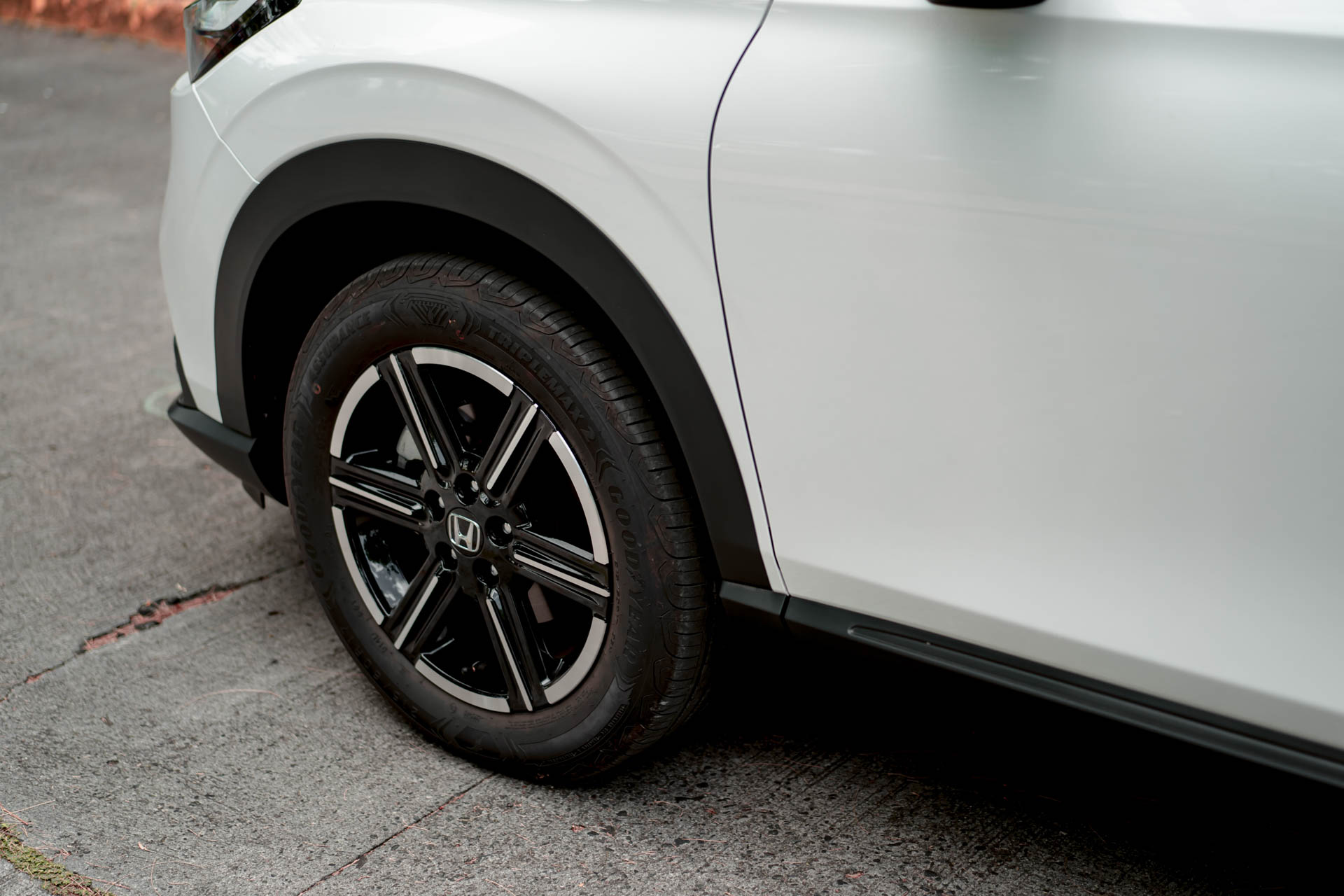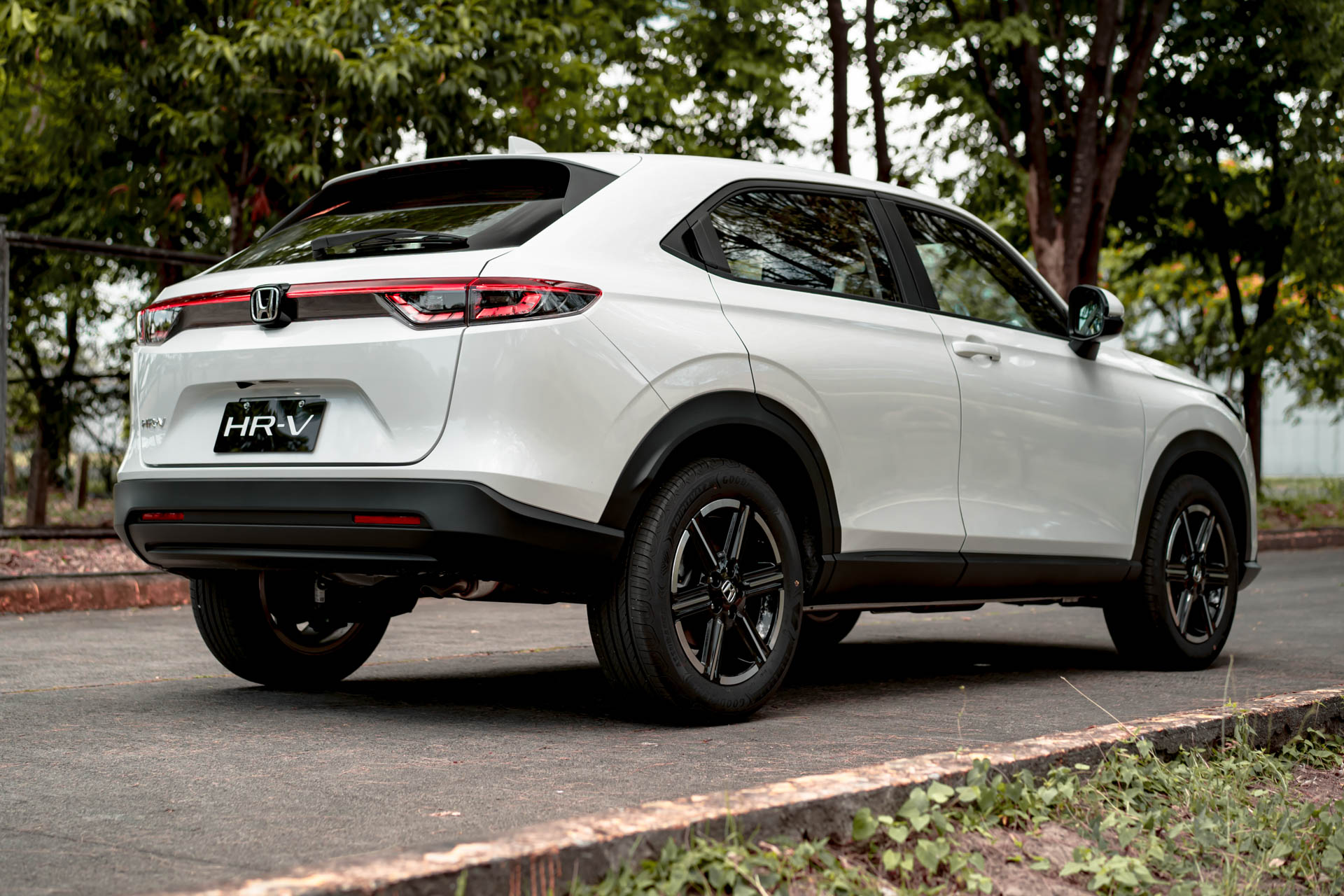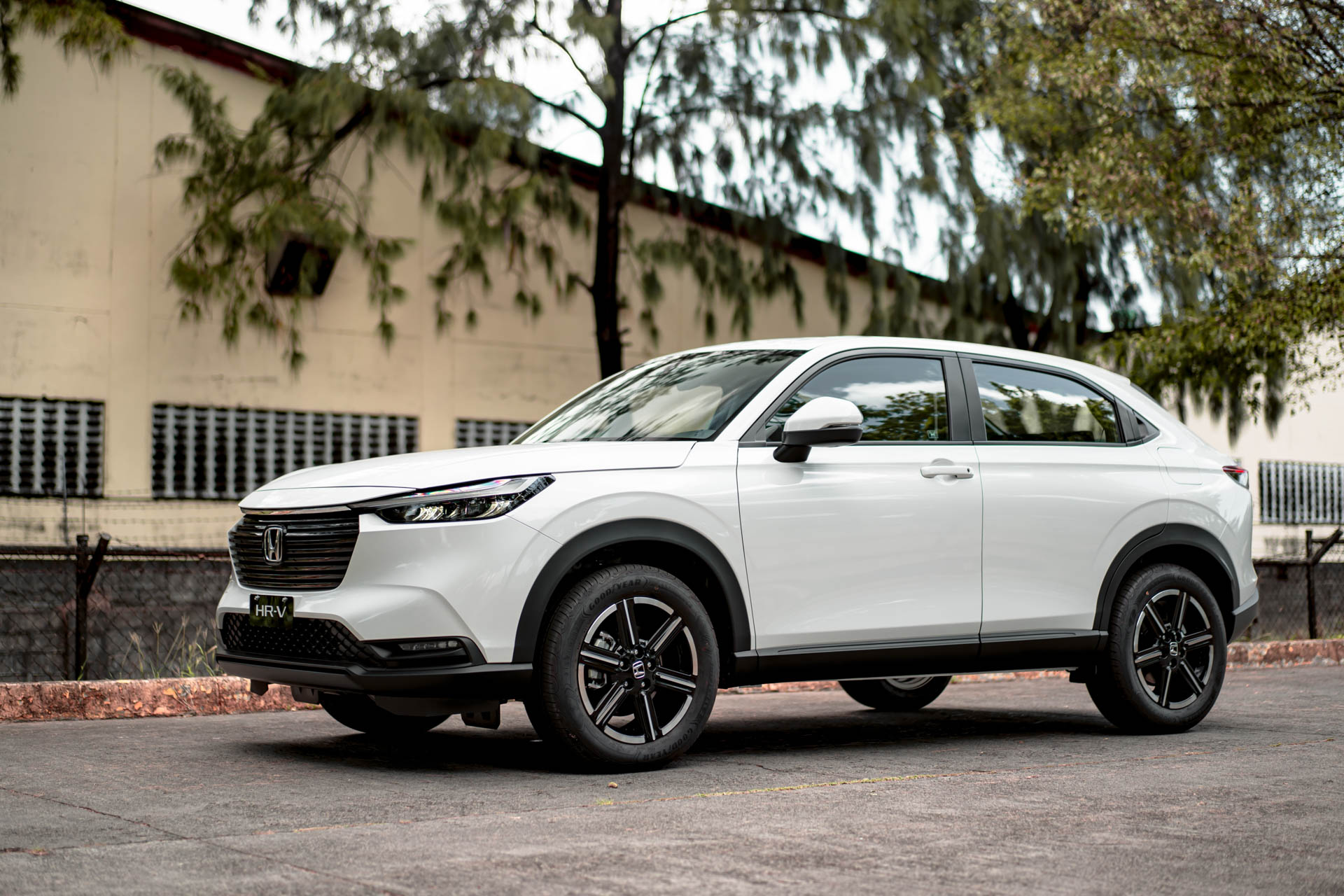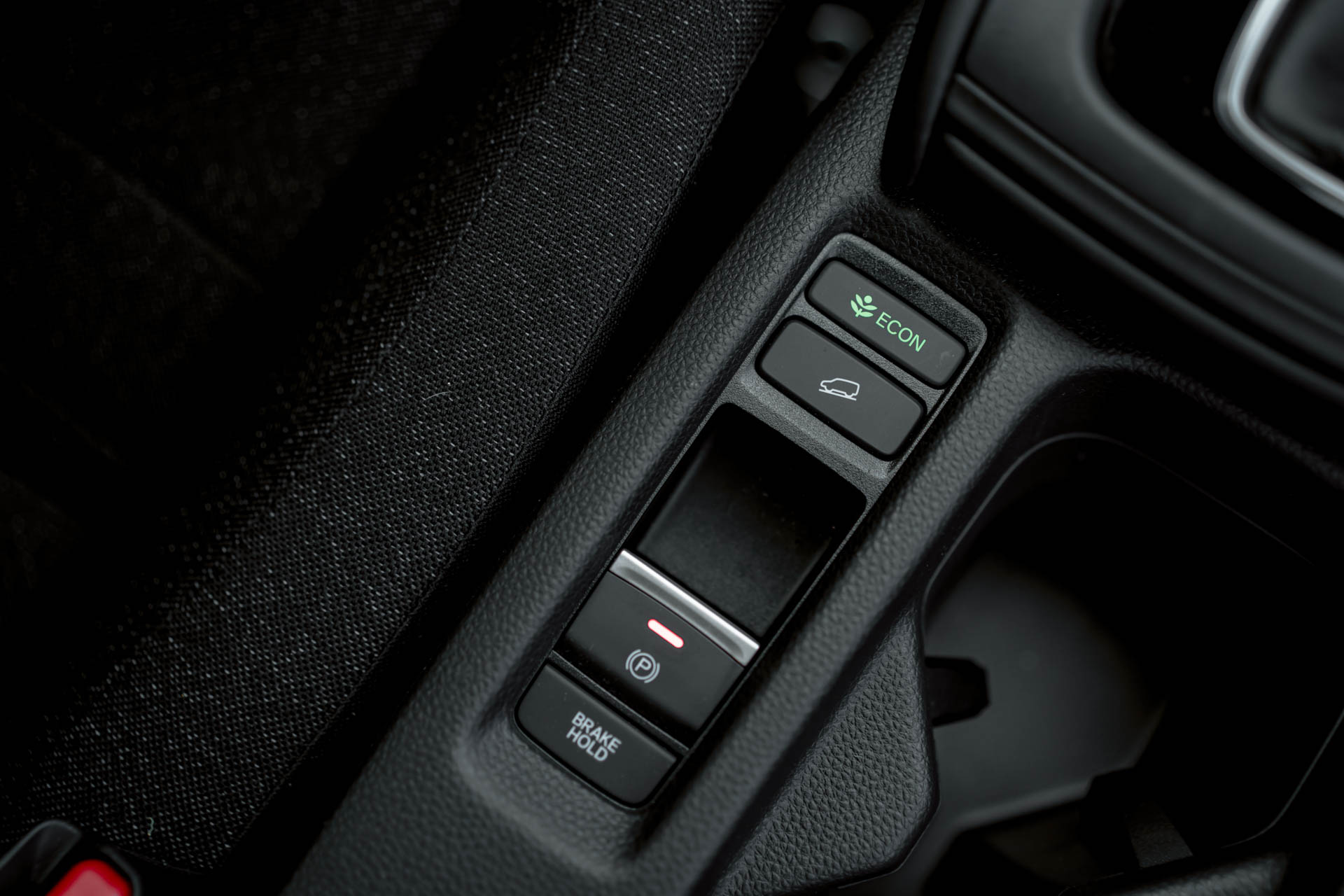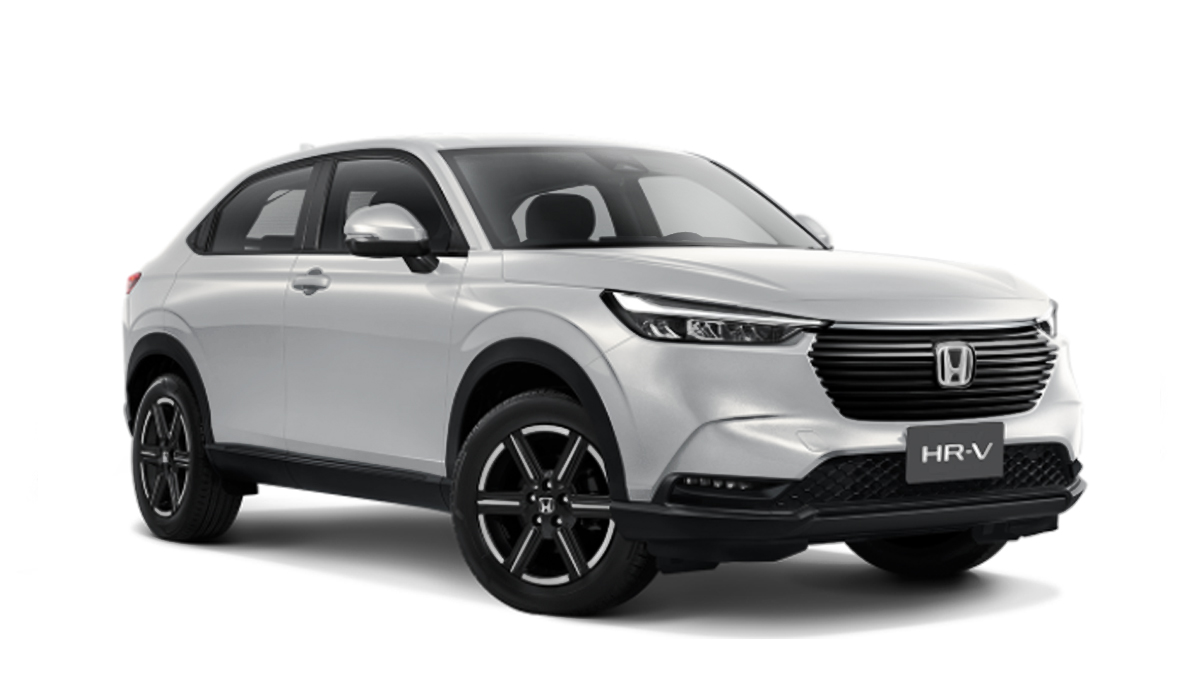The current-generation Honda HR-V bows out this year to make way for the third-generation model. The 2022 HR-V boasts a sharper, revolutionary look, along with a new chassis that it shares with the fifth-generation Jazz, City, and City Hatchback. Aimed at upwardly mobile millennials and young families, Honda’s latest baby crossover has lived up to some high expectations.
Now available in Honda Cars Philippines (HCPI) dealerships nationwide, the HR-V competes in the premium small-crossover market. Some of its prime competitors include the Toyota Corolla Cross, the Ford Territory, and the hotshot upstart, the Geely Coolray. So what does the HR-V offer in this competitive segment? Read on.
ALSO READ:
Everything you need to get your LTO registration in order
This is what the all-new Honda HR-V will look like in the US
Variants and prices
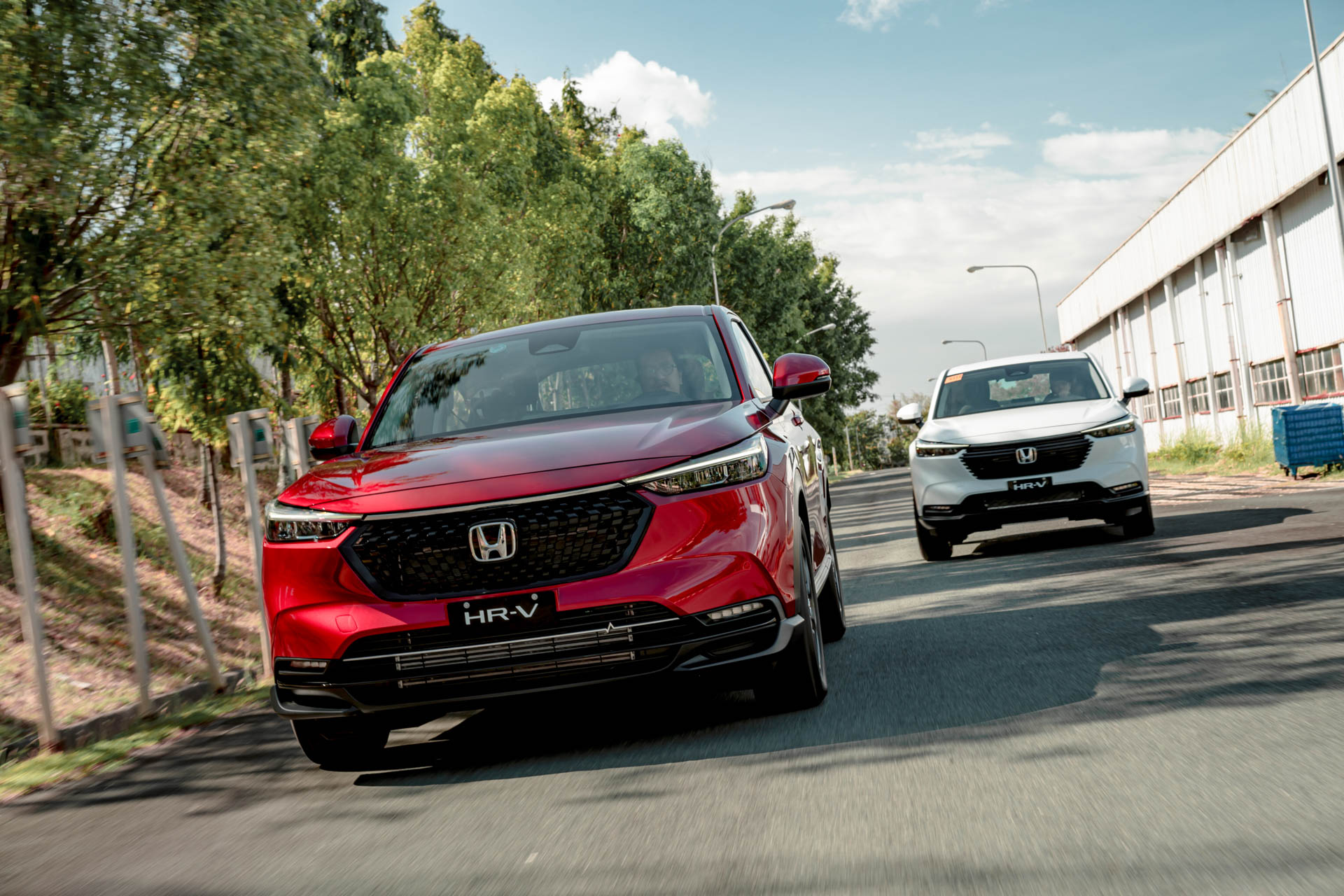
For the 2022 model year, the HR-V will have two variants. These are the 1.5 S (entry-level) and the 1.5 V Turbo (top-spec). There might be more variants down the line, but these are the two to choose from in the meantime. Check out the prices below:
2022 Honda HR-V
- Honda HR-V 1.5 S – P1,250,000
- Honda HR-V 1.5 V Turbo – P1,598,000
Exterior
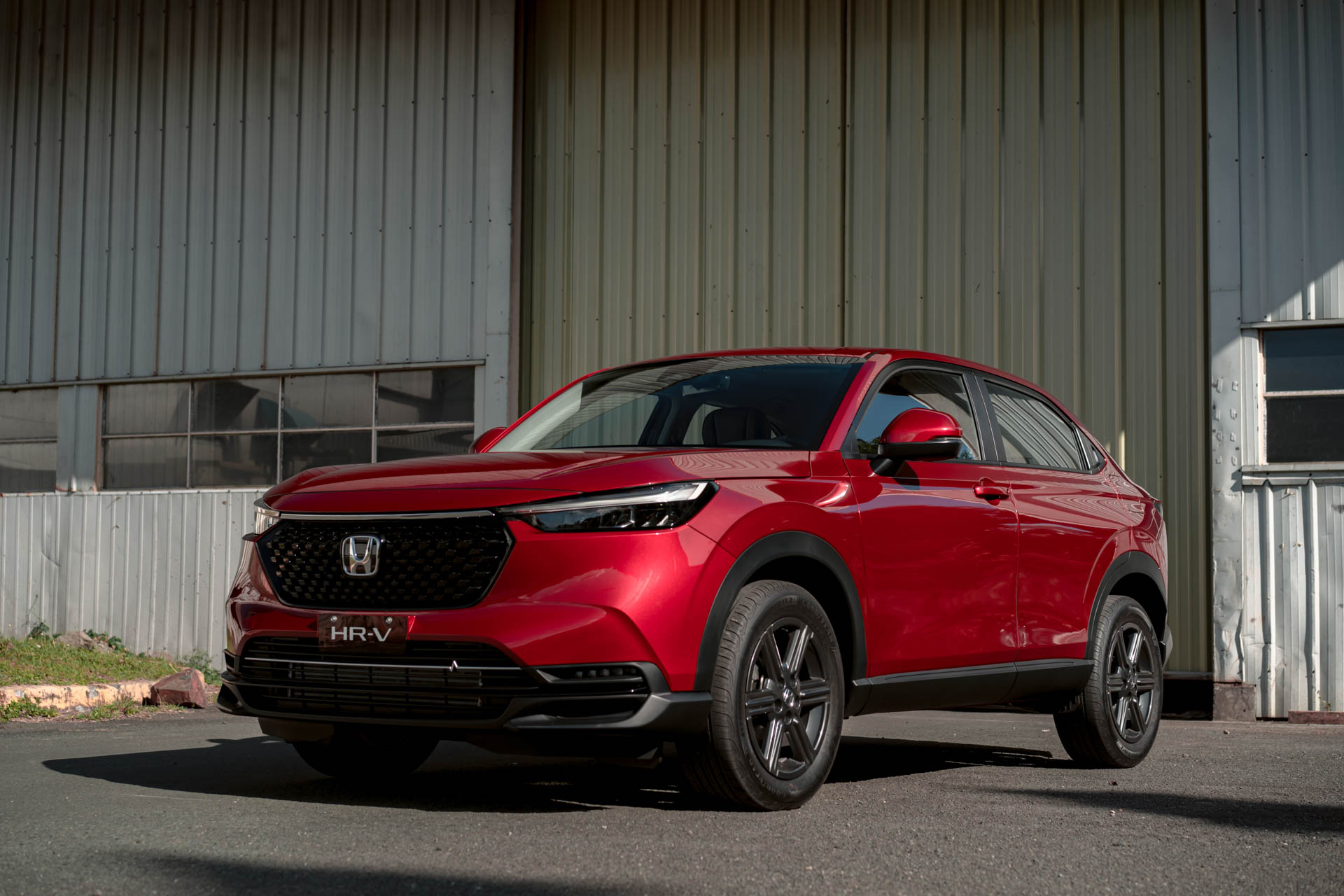
Honda slowed down the trend of bloating models with the all-new HR-V. Its dimensions still sit firmly in the subcompact category with a length of 4,330mm, a width of 1,790mm, and a height of 1,590mm. The wheelbase is still the same as the previous model at 2,610mm. Ground clearance is of great importance when shopping for a crossover. With that, the HR-V 1.5 S is 196mm off the pavement, while the 1.5 V Turbo is lower at 181mm.
As for the design, gone are the rounded shapes of the previous iteration. The third-gen replaces all that with defined and angular lines, along with a sharper and more aggressive look. Contrary to the Civic, the all-new HR-V shows more of Honda’s more adventurous side. But most noteworthy is the rear of the HR-V with its rakish tailgate and high-set taillights.

Both variants come with LED headlamps, LED daytime running lights, and a tailgate spoiler. The V Turbo adds sequential turn signals, dual exhausts, and gray alloy wheels.
Interior
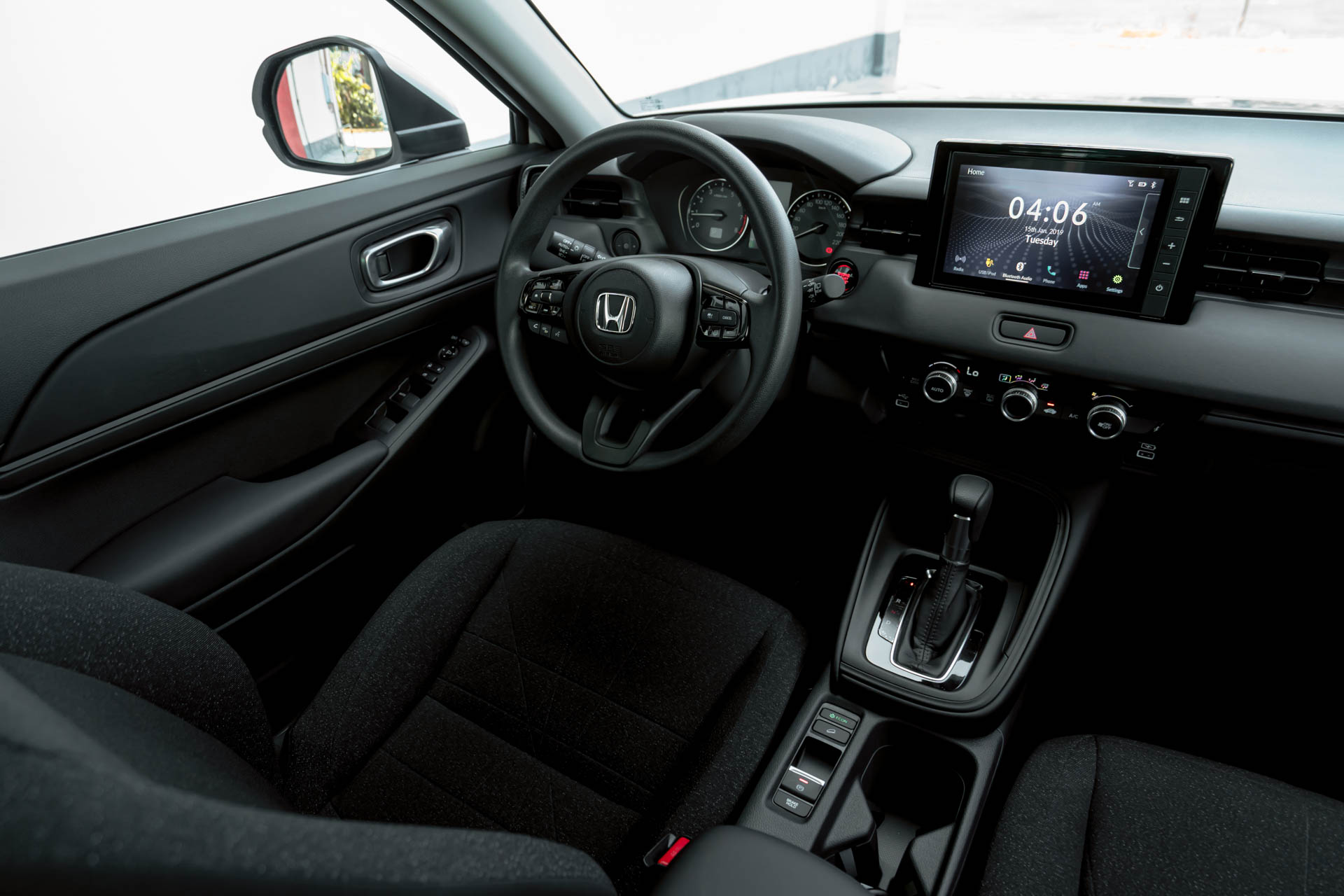
The HR-V features Honda’s latest design philosophy of ‘man maximum, machine minimum.’ It’s Honda’s way of saying that it has cleaned up the clutter (not that the old HR-V was cluttered) for a more harmonious, minimalist design.
You get a two-tier dashboard with a flat top and a rounded middle section. The air-conditioning vents are neatly integrated into the center, just like the one in the Civic. A semi-floating touchscreen sits at the center, and Honda brought back buttons and dials for the climate control system.

There’s room for five in the HR-V, and seat trims depend on the variant. The 1.5 S has fabric while the Turbo has leather. The V Turbo also gains silver accents, a leather-wrapped steering wheel, and an auto-dimming rear-view mirror.
When it comes to practicality, the HR-V has flexible seating. Dubbed the ULT seats, the second row can fold flat, recline, or have its seat bottoms flip up to maximize floor space.
Engine and specs
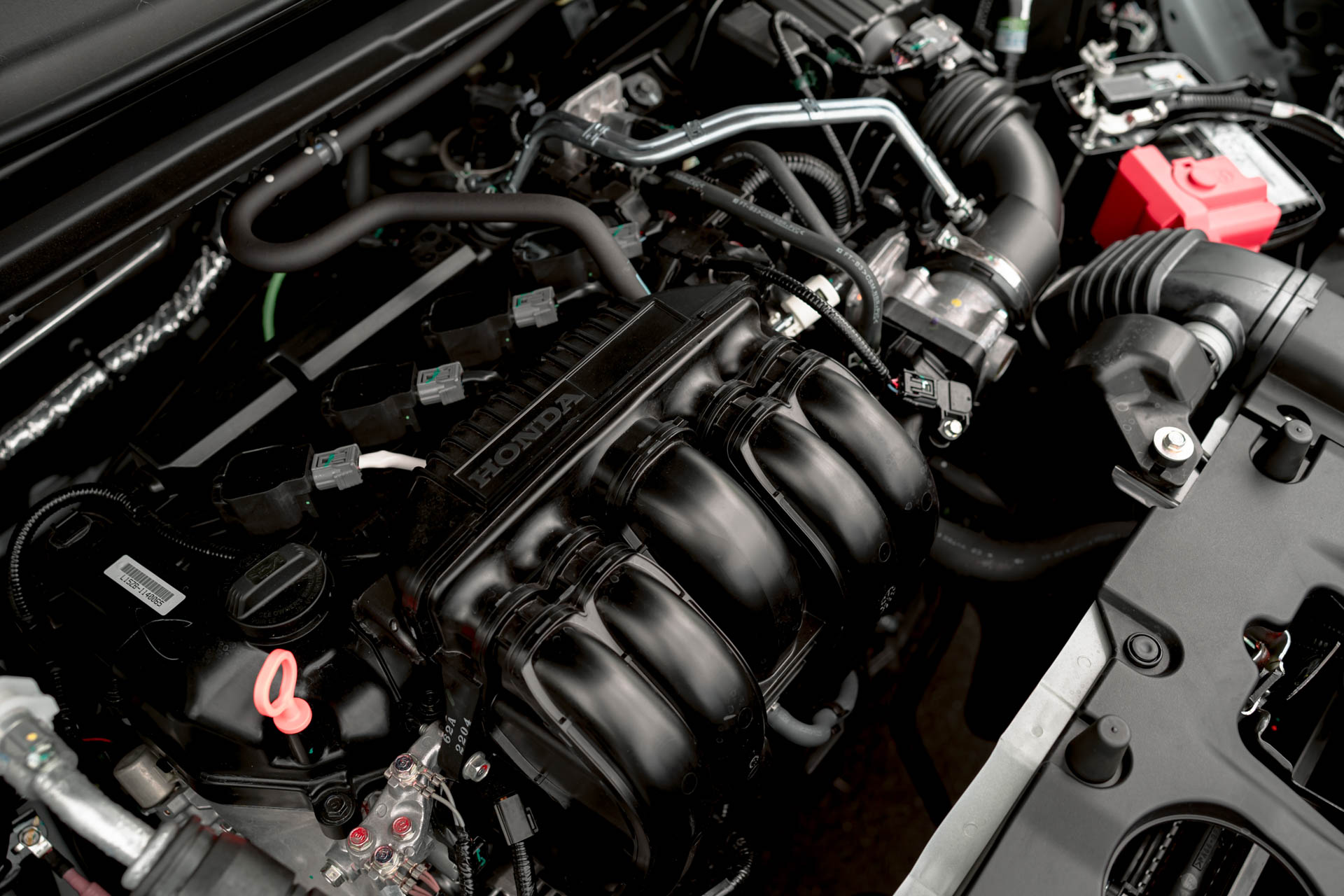
Gone is the old 1.8-liter i-VTEC unit from the previous HR-V. The HR-V 1.5 S now uses the familiar 1.5-liter mill found in the City and the City Hatchback. It’s good for 119hp and 145Nm of torque, and it also packs dual overhead cams (DOHC) to give it more shove at the lower end of the rev range.
But for those who want more power, they’ll have to go for the 1.5 V Turbo. As the name implies, it has the turbocharged version of the base engine and gains heaps more power and torque. The output is 175hp and 240Nm, just like the Civic. If you’re curious, the HR-V has a fuel tank capacity of 40 liters; a little less than before.
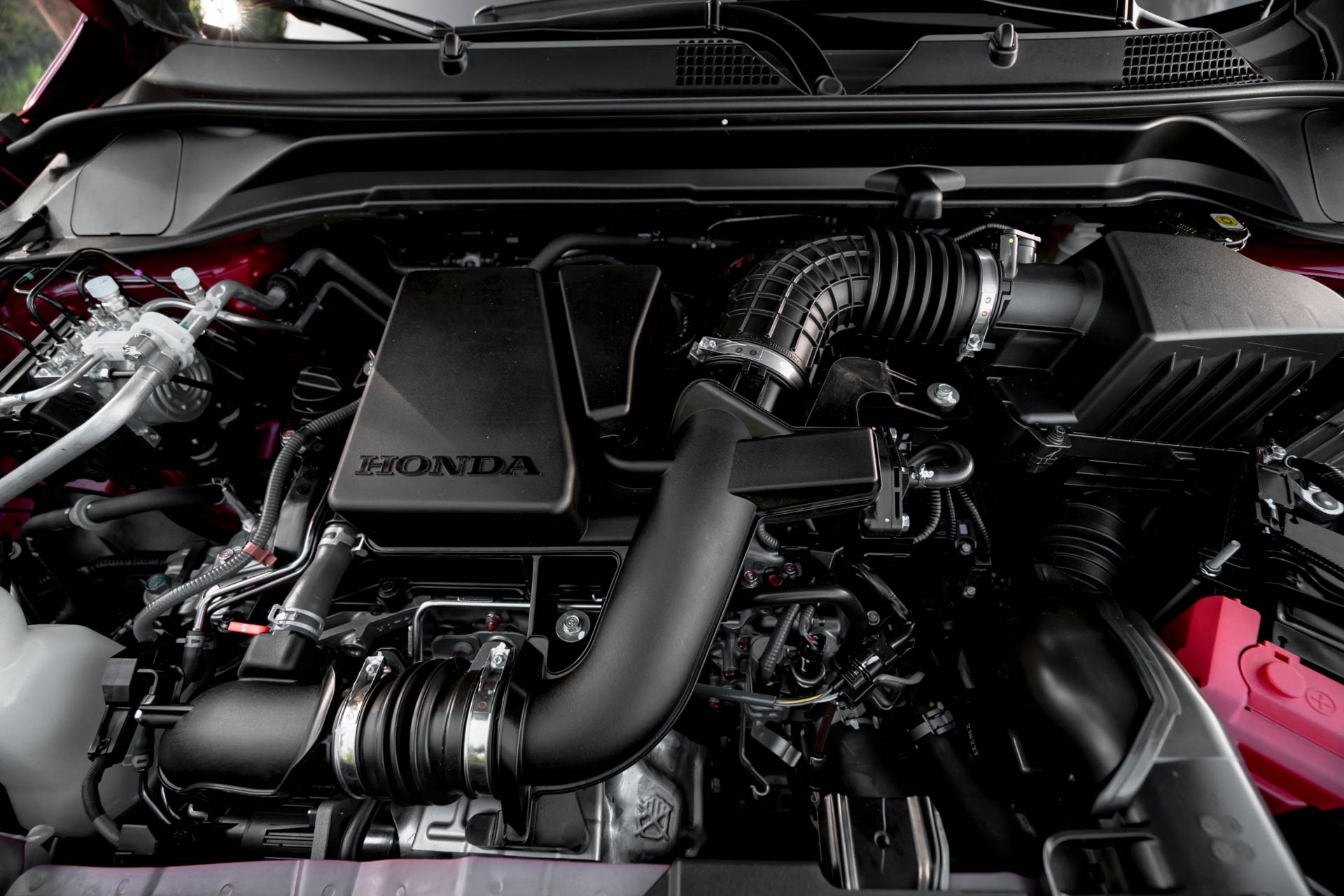
Both variants send power to the front wheels and shift with a continuously variable transmission. There is no all-wheel-drive option available for the HR-V like all its competitors.
Extra features
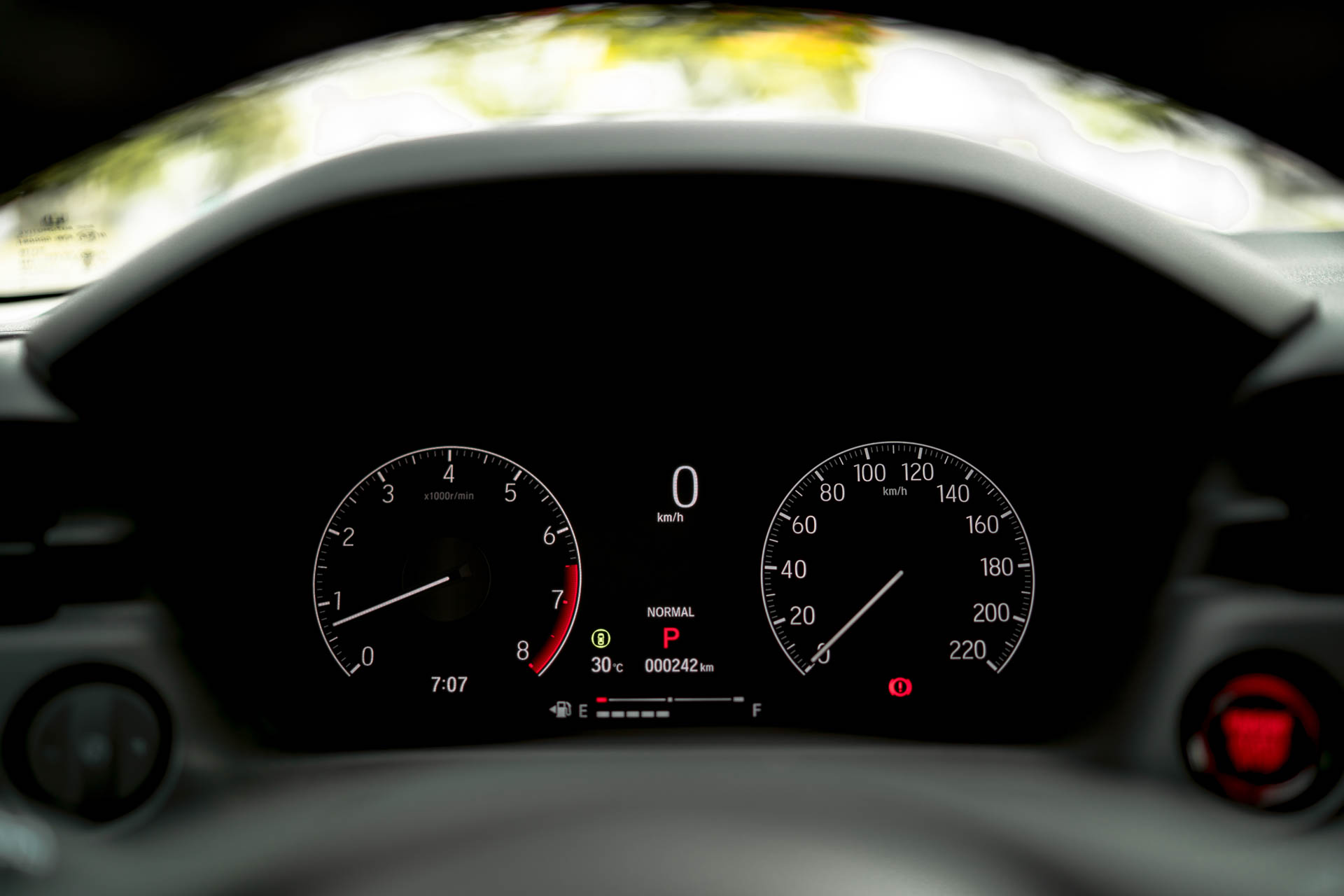
There are two types of instrument clusters for the HR-V. The 1.5 S, has a 4.2-inch digital display, while the 1.5 V Turbo has a wider seven-inch screen. Moving on to connectivity, both have Apple CarPlay, Android Auto, and Bluetooth. Audio is pumped out through a six-speaker system.
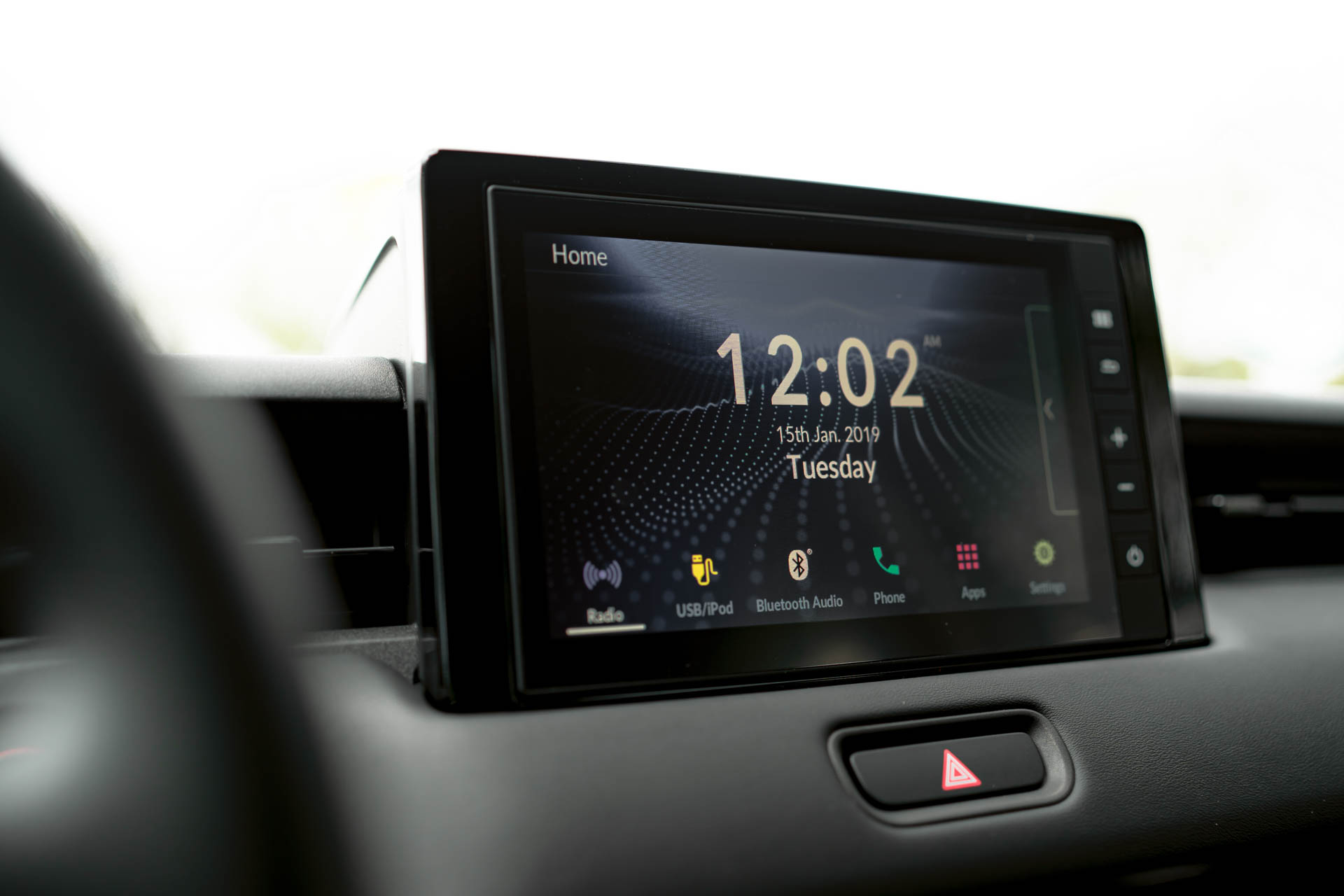
Safety is a high priority so the HR-V gets a host of active and passive systems. Both S and V Turbo models get Honda Sensing standard, packing features such as adaptive cruise control, lane departure warning, lane-keeping assist, auto high-beam, and automatic emergency braking.
Other goodies found in Honda Sensing include low-speed Follow, road departure mitigation, and lead car departure notification. Agile Handling Assist, antilock brakes, and stability control keep things straight in emergency maneuvers. But should the worst happen, it has front and side airbags to keep you out of harm’s way.
What are your thoughts on the latest generation of the Honda HR-V? Sound off in the comments. If you want to check out our Launch Pad feature on this all-new subcompact crossover, click here. And for the Launch Pad video, you can watch it on our YouTube channel by clicking this link.
More photos of the 2022 Honda HR-V:
